
A five-day journey covering approximately 65 kilometers along the northern coast of Sardinia. Hidden coves, dunes of pristine white sand, red granite cliffs in countless shapes, Mediterranean blooms, the scent of helichrysum, the calls of seagulls, and much more make up this beautiful and wild coastal trek between Isola Rossa and Santa Teresa di Gallura.
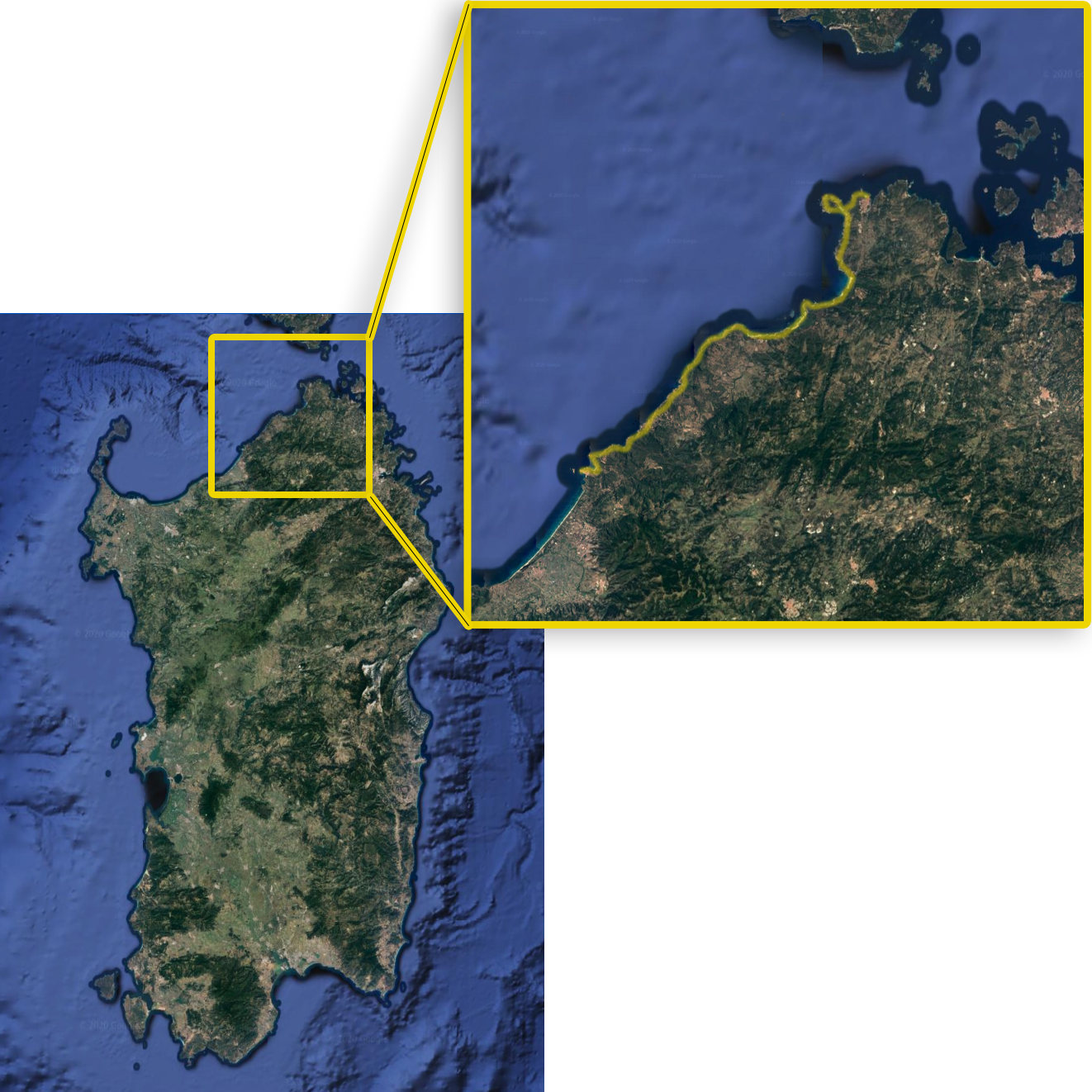
The Bocche di Bonifacio trek consists of five hiking stages of medium difficulty. It features several passages over granite rock, requiring some trekking experience. It is not suitable for beginners or those with vertigo, as some sections are exposed. Along the way, hikers will encounter many small rivers to ford. There are several sandy stretches that make the route pleasant but somewhat tiring. While there are no major elevation changes, the constant ascents and descents should not be underestimated. The ever-changing landscapes will reward every effort!
Check the calendar to see if it is scheduled (Click here!)
Main Points of Interest Along the Route
Castelsardo
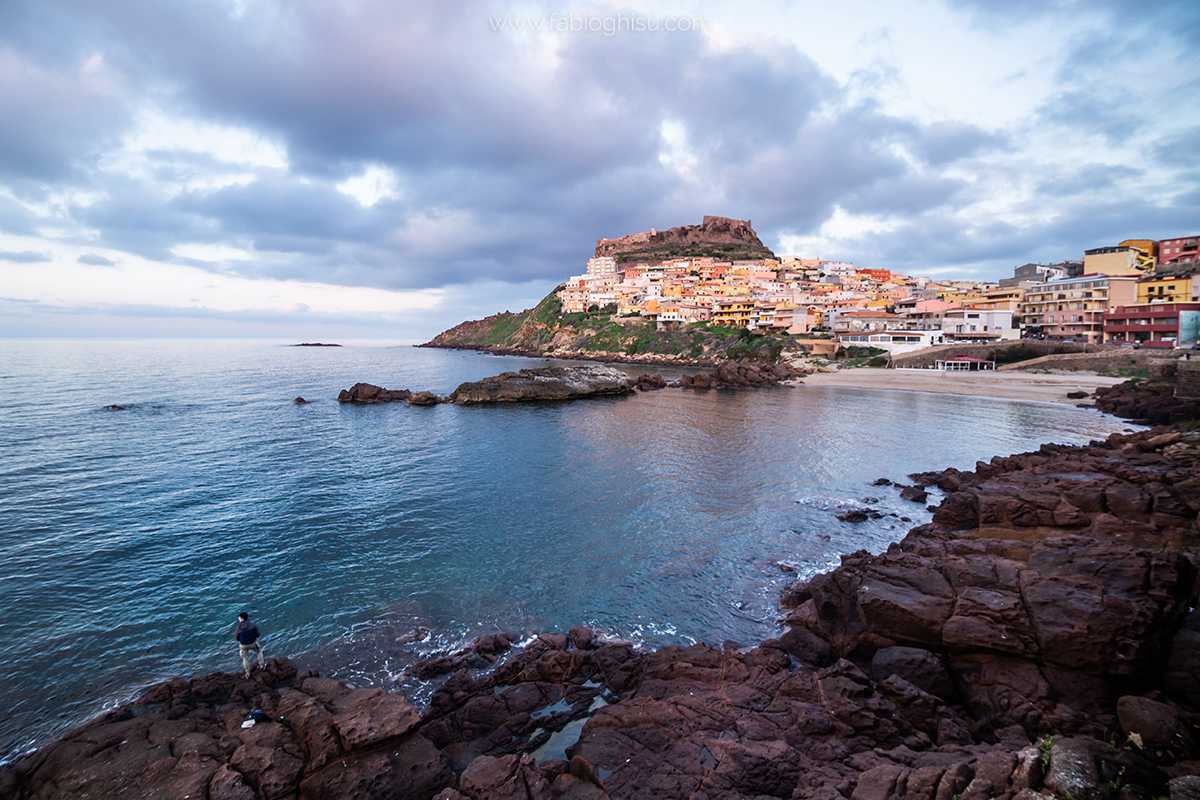
One of the most beautiful villages in Italy, Castelsardo is a medieval stronghold rich in nature, history, craftsmanship, and religious traditions. It rises on a promontory in the Anglona region, at the center of the Gulf of Asinara in northwest Sardinia. Possibly the ancient Tibula in Roman times, it was certainly an impregnable fortress for centuries during the Middle Ages, protected by massive walls and 17 towers until the advent of modern weaponry. The original nucleus of Castelsardo was built around the Doria Castle, traditionally dated to 1102 but more likely from the late 13th century. Today, it houses the fascinating Mediterranean Weaving Museum, one of the most visited in Sardinia. An ideal place to spend the night before the trek.
The Coast of Trinità d'Agultu e Vignola
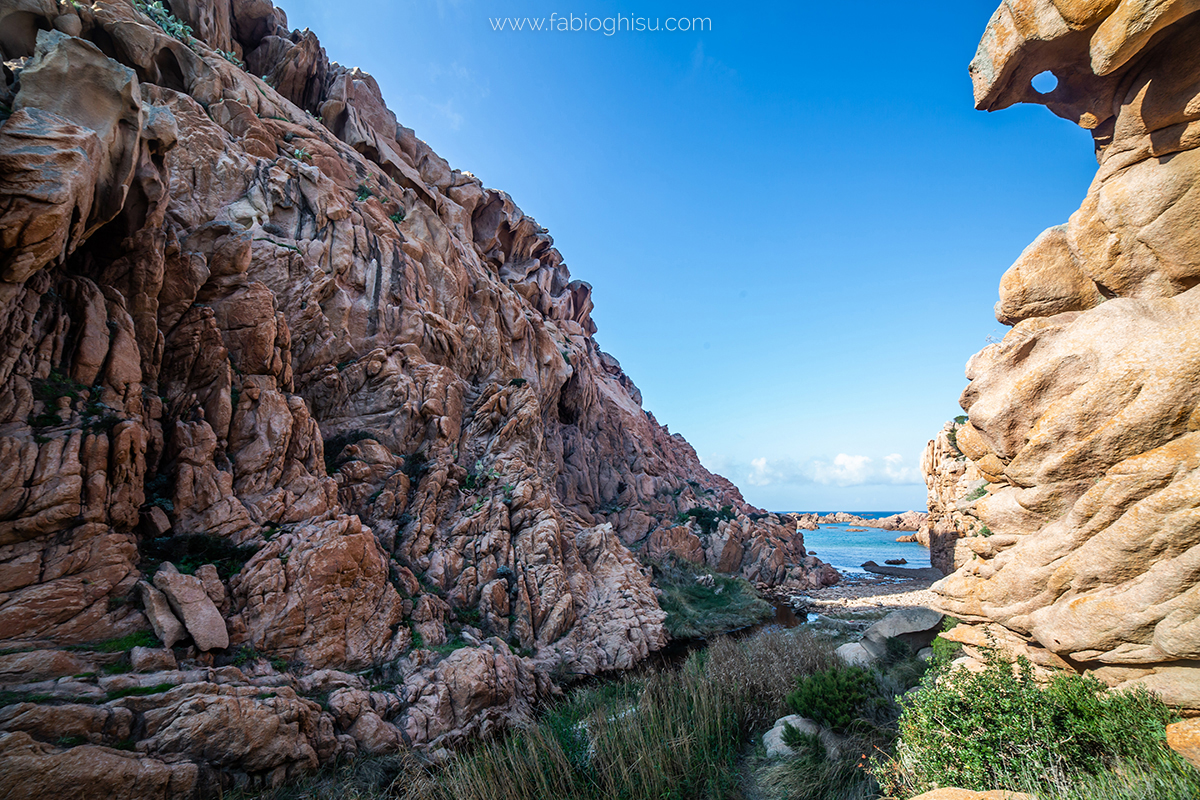
A long and enchanting coastal stretch with soft white beaches and beautiful inland areas. Vignola includes the hamlet of Lu Colbu and the seaside village of Costa Paradiso, featuring a granite landscape covered in Mediterranean scrub and interspersed with small coves. The sea's colors range from green to turquoise and deep blue. One of nature's masterpieces is Li Cossi: golden fine sand nestled among embracing pink rocks. Other stunning spots include Cala Sarraina, a natural harbor, Porto Leccio’s small coves, and the romantic Li Tinnari Bay, shaped like a double arch, composed of crushed shells, granite grains, and smooth pebbles. Six kilometers from Trinità lies Isola Rossa, a seaside village named after the red hue of the islet in front of it. Its modern marina is dominated by a late 16th-century Spanish tower. This area is ideal for snorkeling and diving. Surrounding it are countless coves, including La Marinedda, one of the most beautiful beaches in northern Sardinia, where the contrast between the azure sea, white sand, red rocks, and green vegetation is breathtaking. Extending from it is the Longa beach. Other breathtaking inlets include Cala Rossa, with light sand, pink rocks, and clear waters; Cala Canneddi, mixing sand with multicolored pebbles; and the isolated Li Feruli, with cream-colored sand.
Aglientu Coast
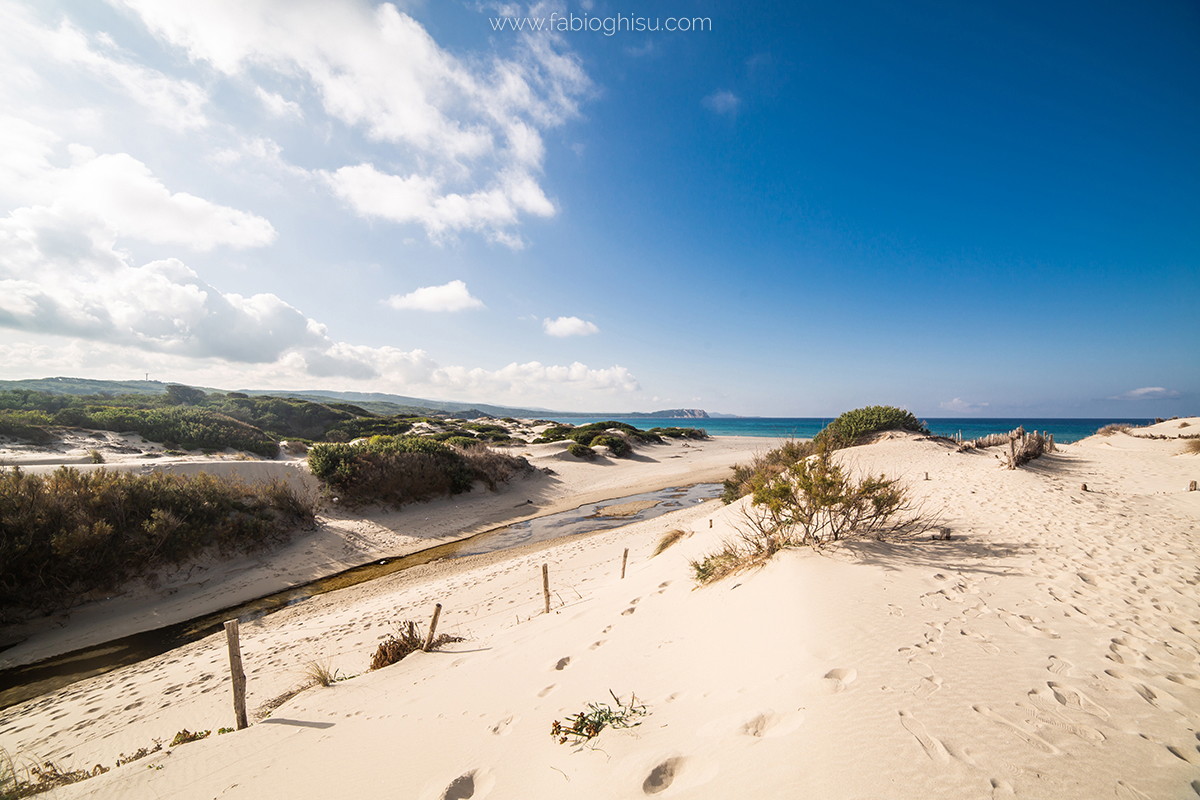
Aglientu is a few kilometers from the sea, in a predominantly granite landscape. The scenery features majestic rock formations and green valleys sloping down to sandy shores with high 'desert-like' dunes alternating with imposing cliffs. Monti Russu, a rounded pink granite relief, extends toward the Gulf of Asinara. The coastline, stretching for 22 kilometers and largely unspoiled, is renowned for its beautiful beaches. Among the largest are Rena Majore (on the border with Santa Teresa Gallura), Litarroni, and Vignola, a seaside village with a 12-meter-high Spanish tower from 1606, offering a broad view of the sea and countryside.
Santa Teresa di Gallura and Its Coast
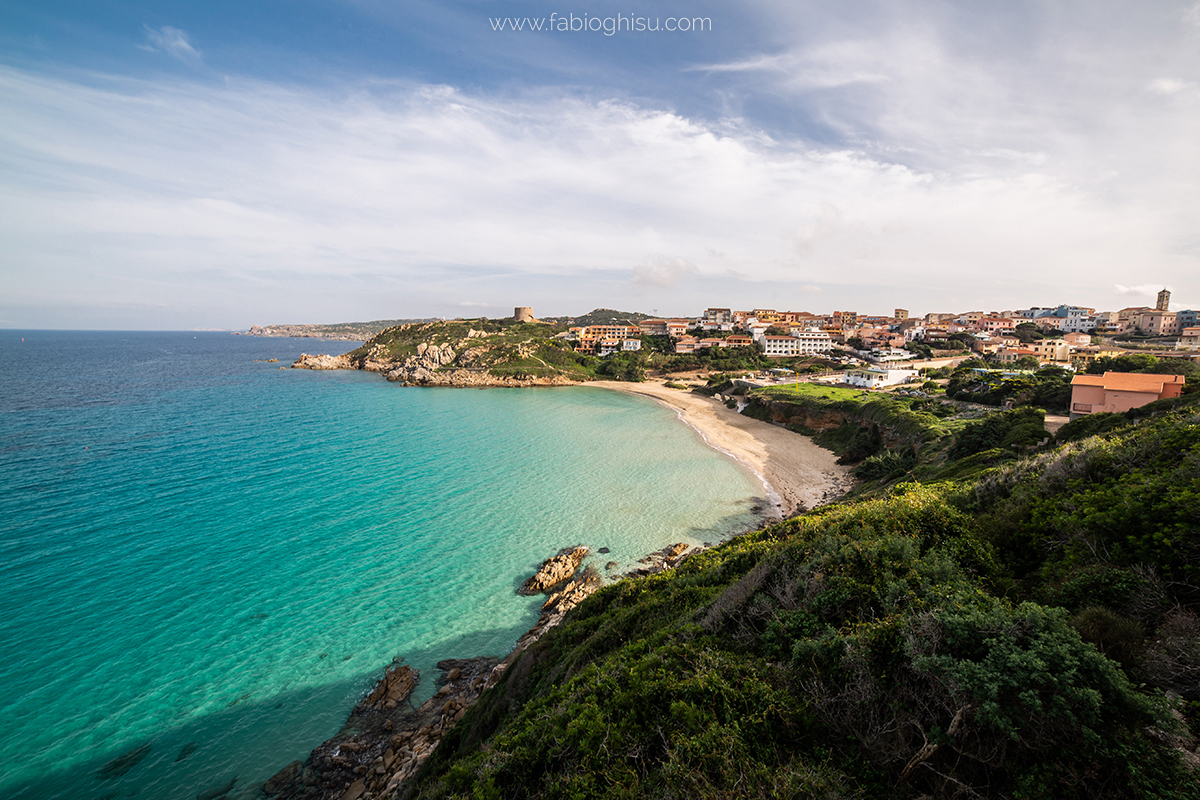
The sea is the undisputed protagonist of Santa Teresa Gallura, a town of about five thousand inhabitants, which multiplies in summer with the arrival of tens of thousands of tourists. To the east of the town is Porto Longone, home to the marina, and to the west is the bay of Rena Bianca, a stretch of fine, dazzlingly colored sand just a few steps from the main square. Its crystal-clear waters captivate with countless shades, earning multiple 'Blue Flag' awards.
The Capo Testa peninsula consists of a promontory, offering a stunning view of the Bocche di Bonifacio, and a long isthmus connecting it to the mainland, where two beautiful beaches stretch: Rena di Ponente and Rena di Levante. On the western side of the cape, the breathtaking Cala Lunga - Valle della Luna stands out, a symbol of Santa Teresa: hidden coves emerge between granite walls sculpted by nature.
The Stages of the Journey
First Stage - From Isola Rossa to Costa Paradiso
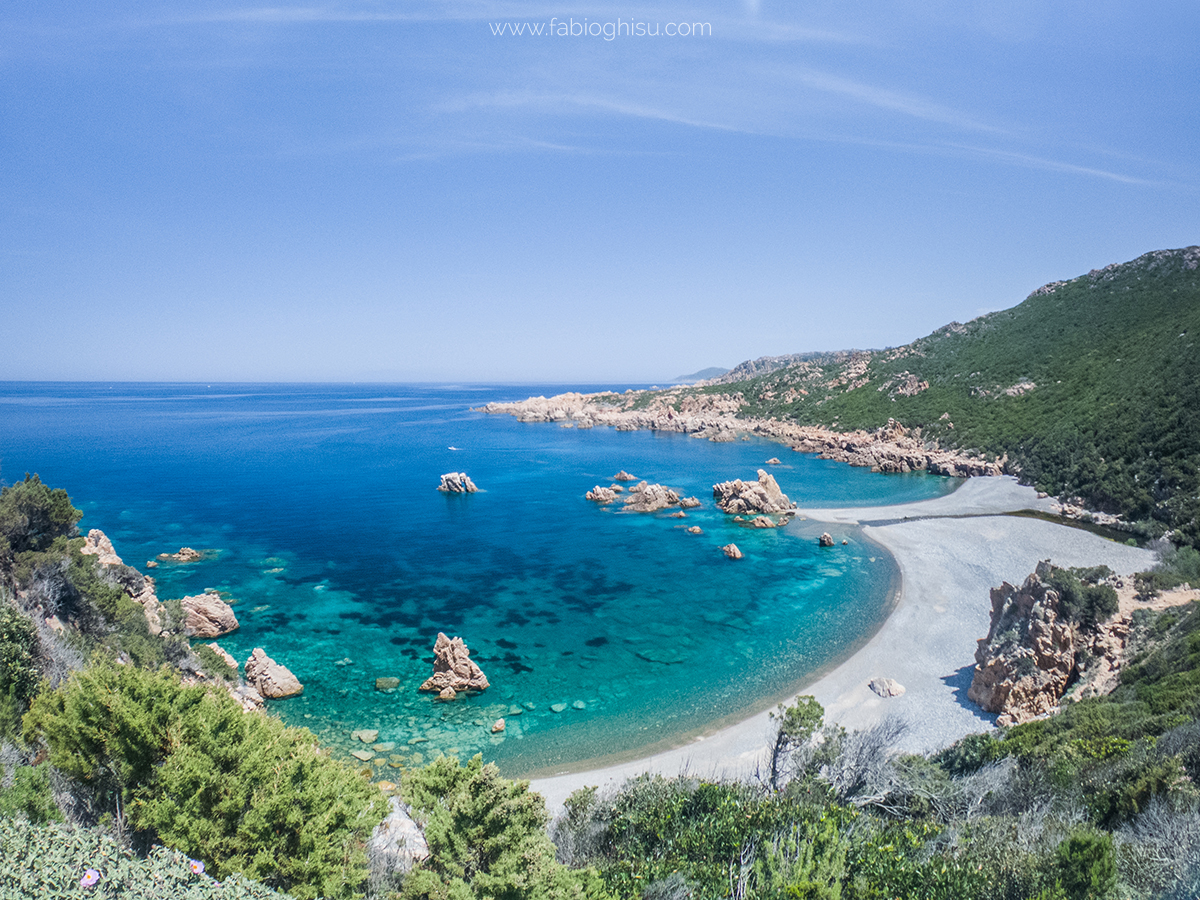
Route Length: 12 km
Walking Time: 4h10m
Elevation Gain: 245 m
Difficulty: Medium
Possibility to exit early with shuttle service: No
Second Stage - From Costa Paradiso to Portobello di Gallura
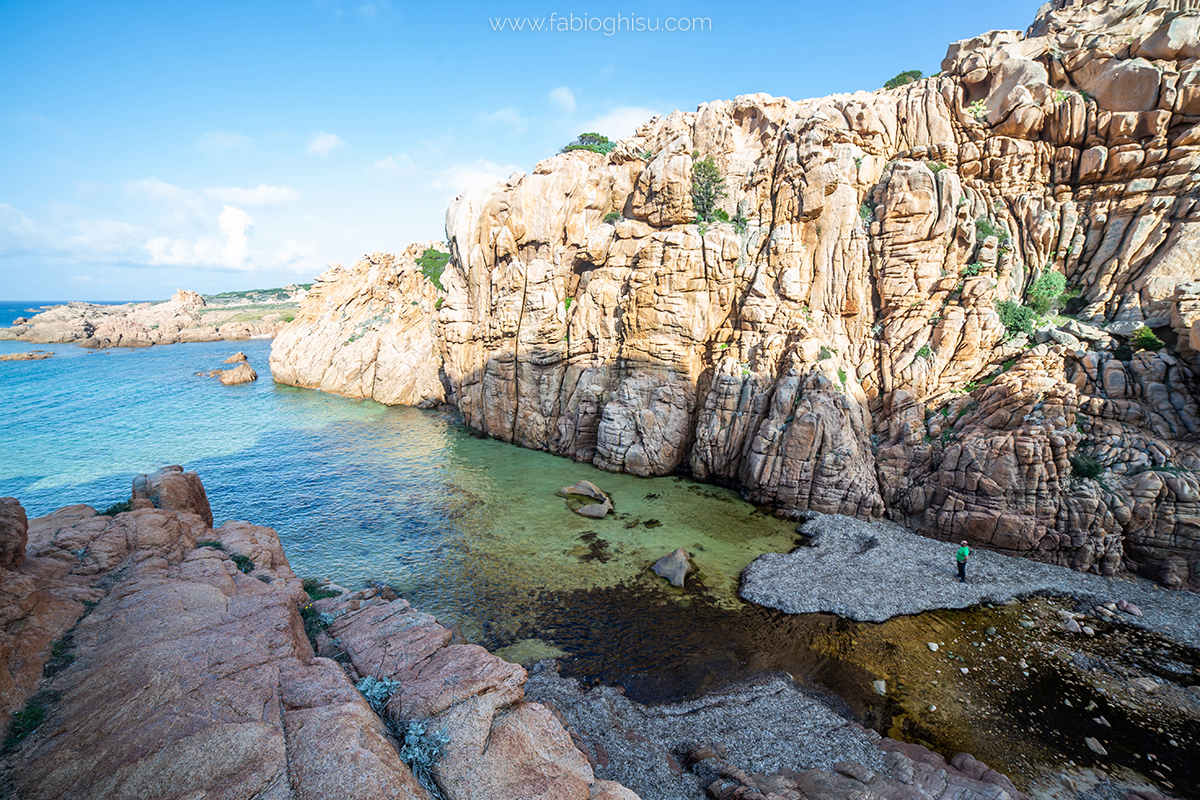
Route Length: 18 km
Walking Time: 7h5m
Elevation Gain: 245 m
Difficulty: Medium
Possibility to exit early with shuttle service: Yes
Third Stage - From Portobello di Gallura to Cala Pischina
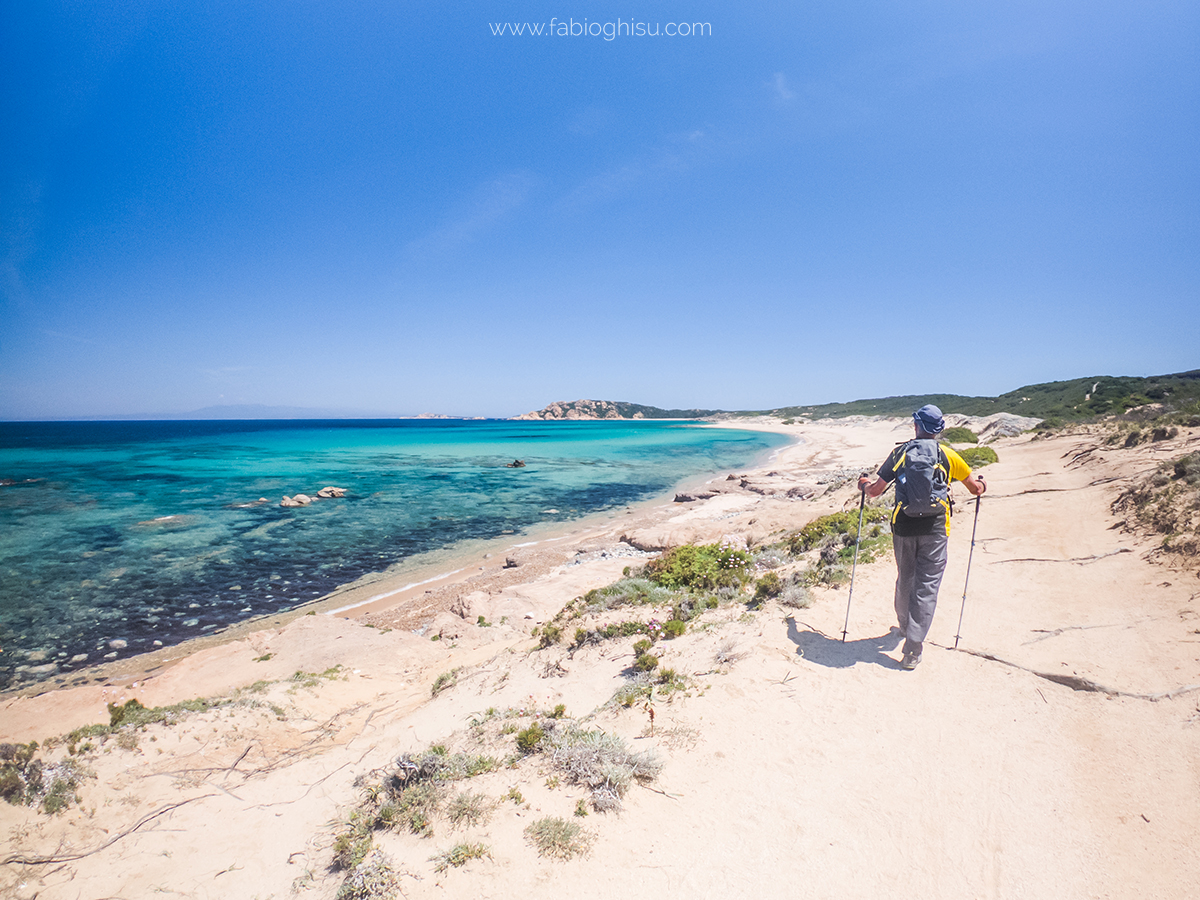
Route Length: 19 km
Walking Time: 5h30m
Elevation Gain: 245 m
Difficulty: Medium
Possibility to exit early with shuttle service: Yes
Note: The hike includes a small ford to be crossed barefoot or with water shoes.
Fourth Stage - From Cala Pischina to Santa Reparata
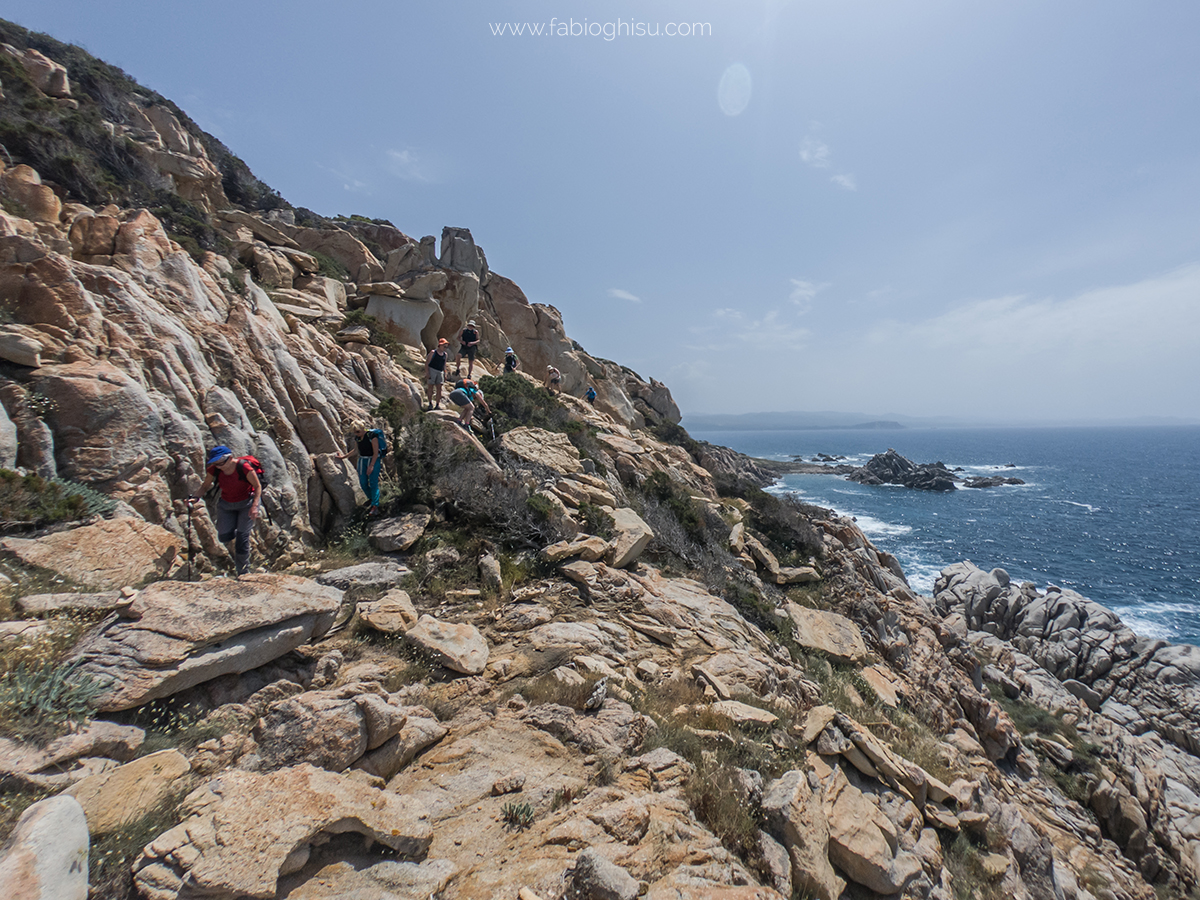
Route Length: 15 km
Walking Time: 5h30m
Elevation Gain: 245 m
Difficulty: Medium
Possibility to exit early with shuttle service: Yes
Fifth Stage - From Santa Reparata to Santa Teresa di Gallura
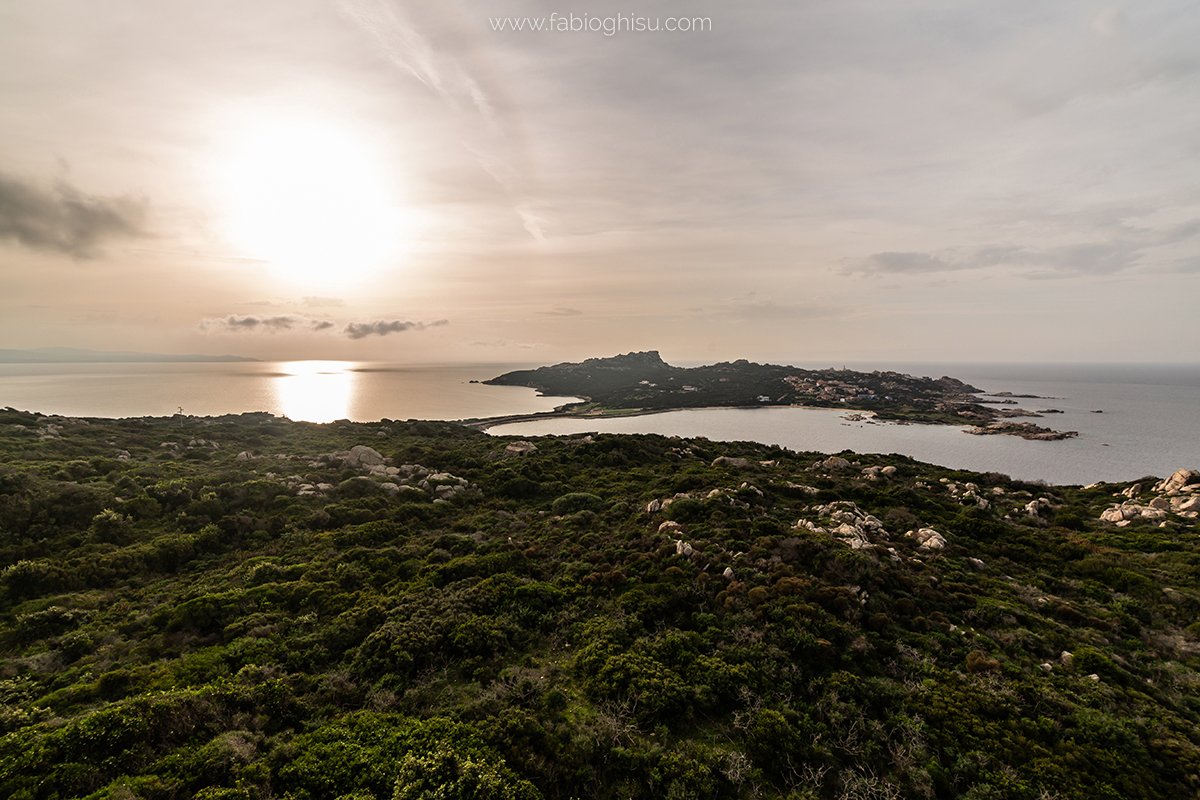
Route Length: 11 km
Walking Time: 5h0m
Elevation Gain: 245 m
Difficulty: Medium
Possibility to exit early with shuttle service: Yes
An Extra Stage: Canoeing on the Liscia River
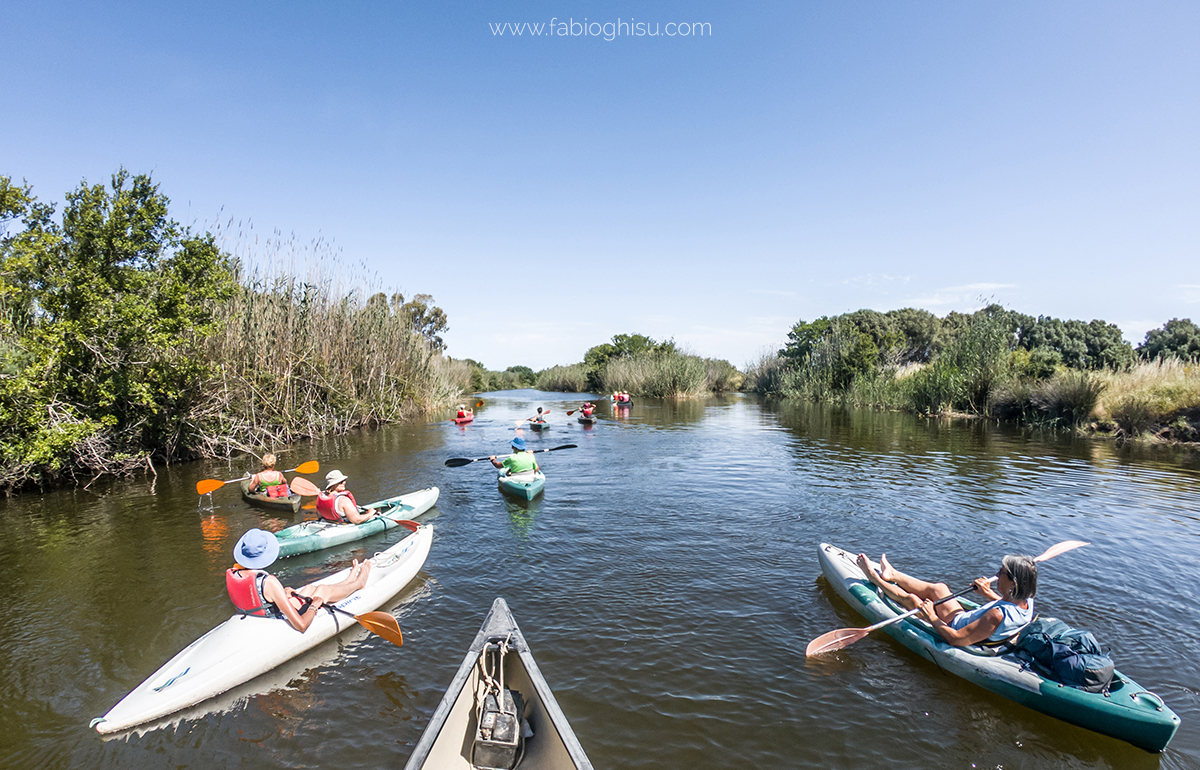
Before heading home after the "Cammino delle Bocche," we recommend a free day in Santa Teresa di Gallura. Among the many activities available, such as a boat tour around the Maddalena archipelago or a day trip to Bonifacio in Corsica, we suggest an optional canoeing excursion along the delta of the Liscia River. A relaxing and wild environment with alder forests, tamarisks, reeds, water lilies, marsh turtles, and aquatic birds. Paddling through the calm waters of this Gallura river is the icing on the cake of this journey! A simple excursion covering the last few kilometers of the river to its mouth at Porto Pollo Beach. The round trip is less than seven kilometers in total and takes about three hours, including a 45-minute beach break.
Organizational Details
Number of guides required: 2 guides
Number of shuttles needed: 1 shuttle for 1-7 participants, 2 shuttles for 8-16 participants
Recommended airports: Alghero for arrival | Olbia for return
Check the calendar to see if it’s scheduled (Click here!)
More Images:
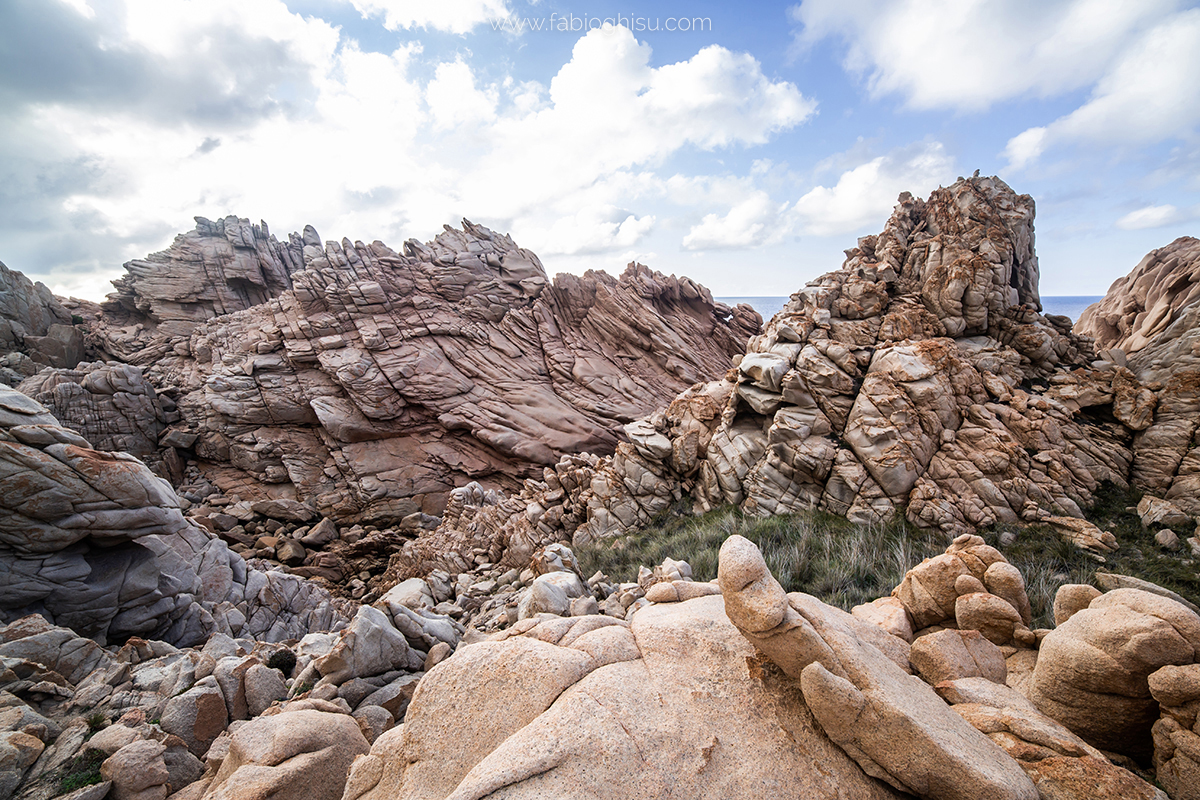
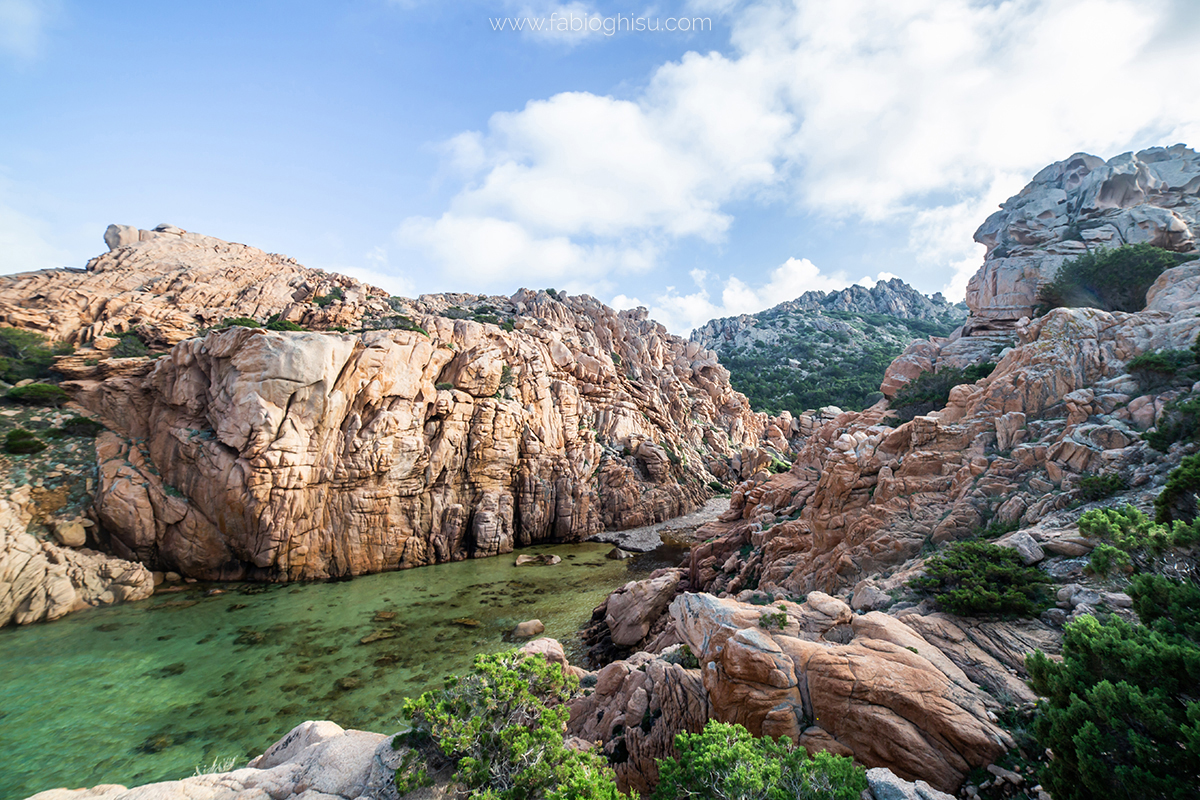
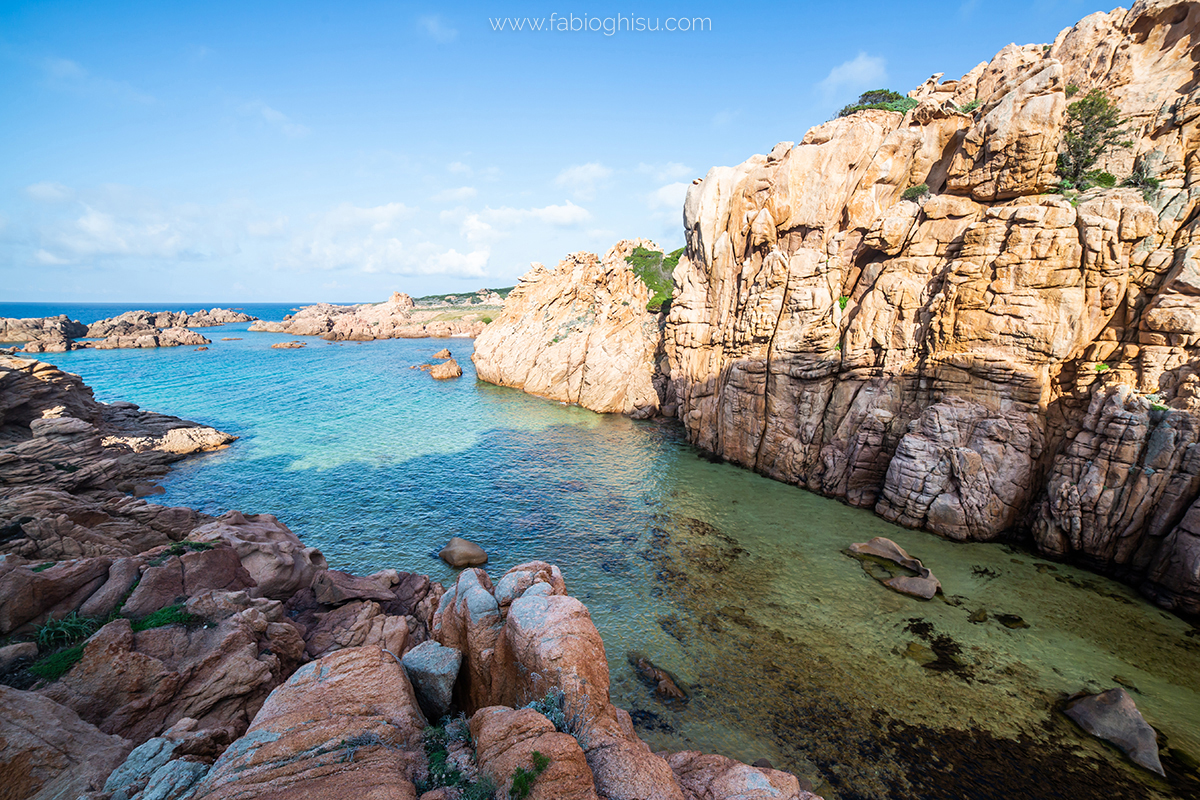
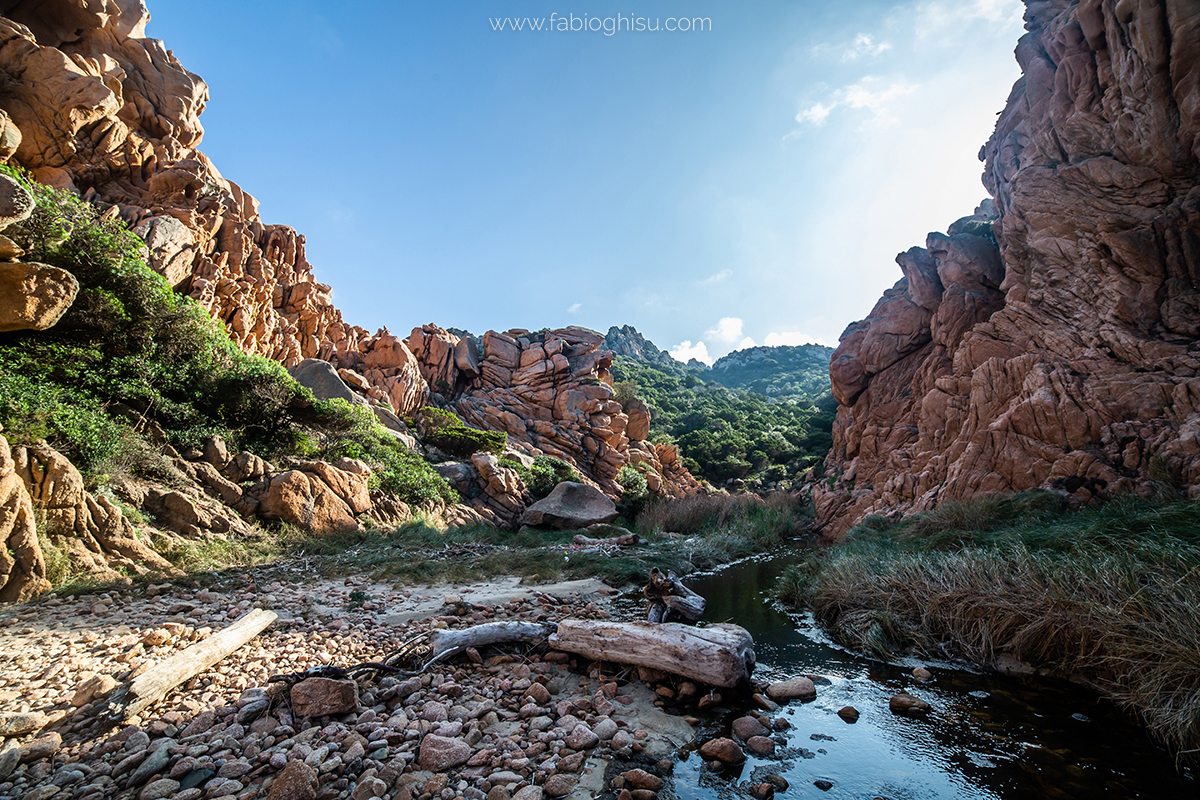
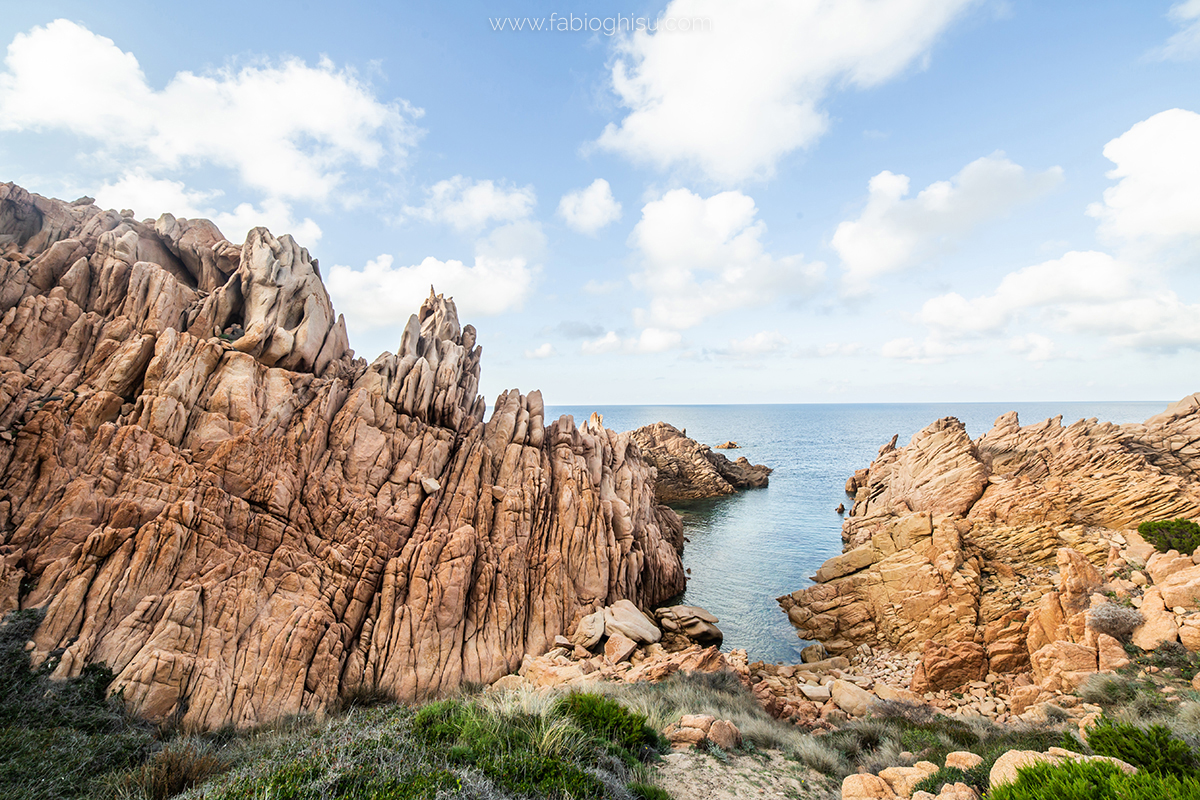
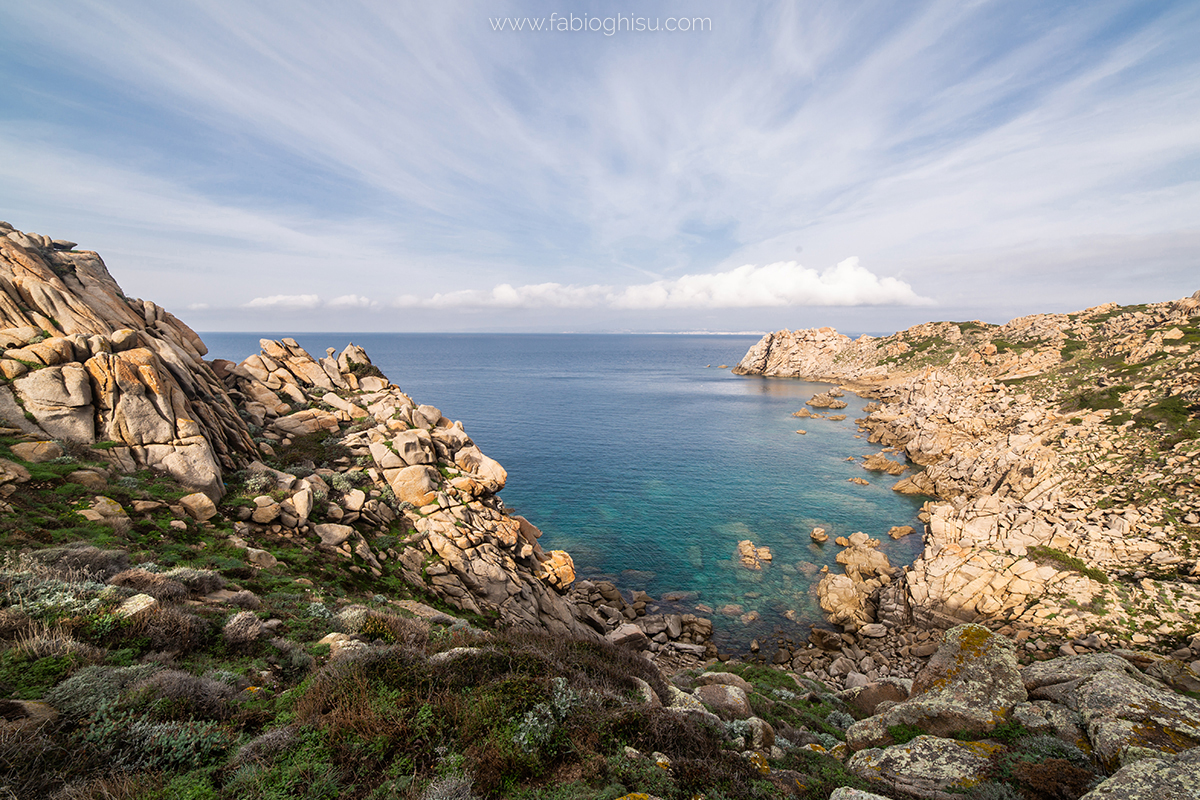
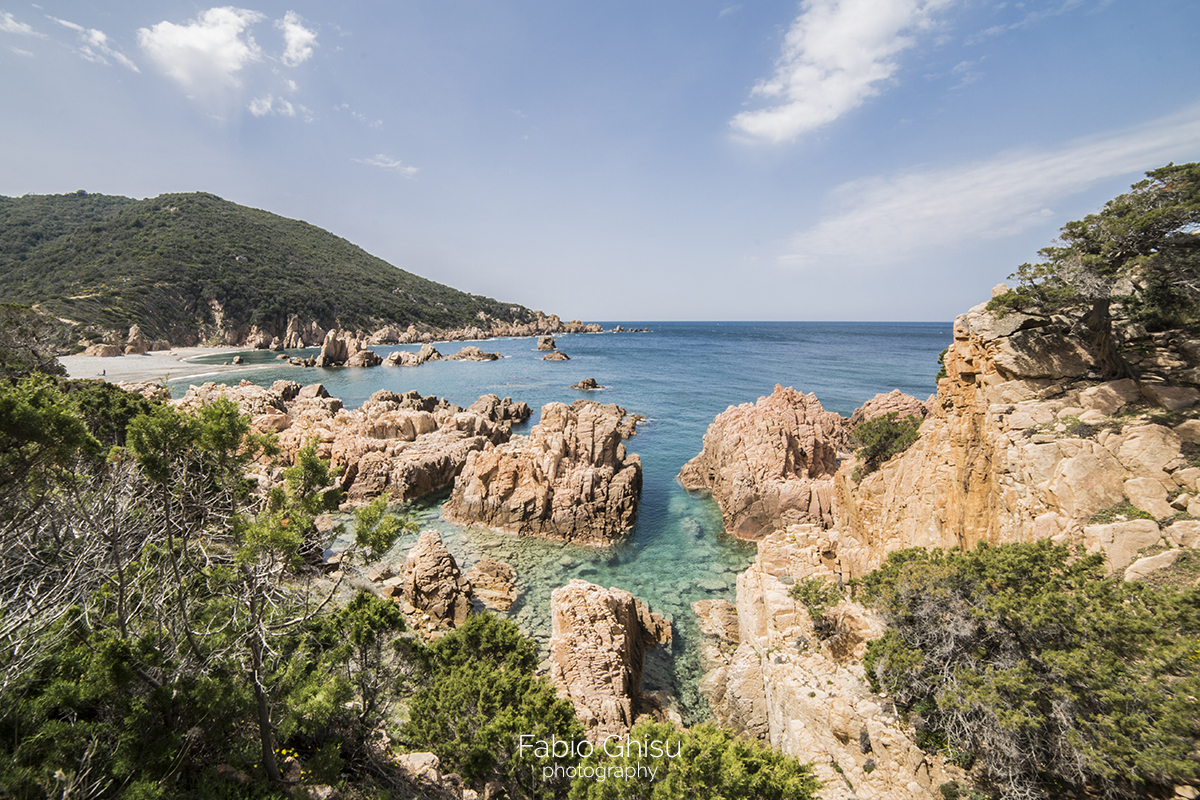
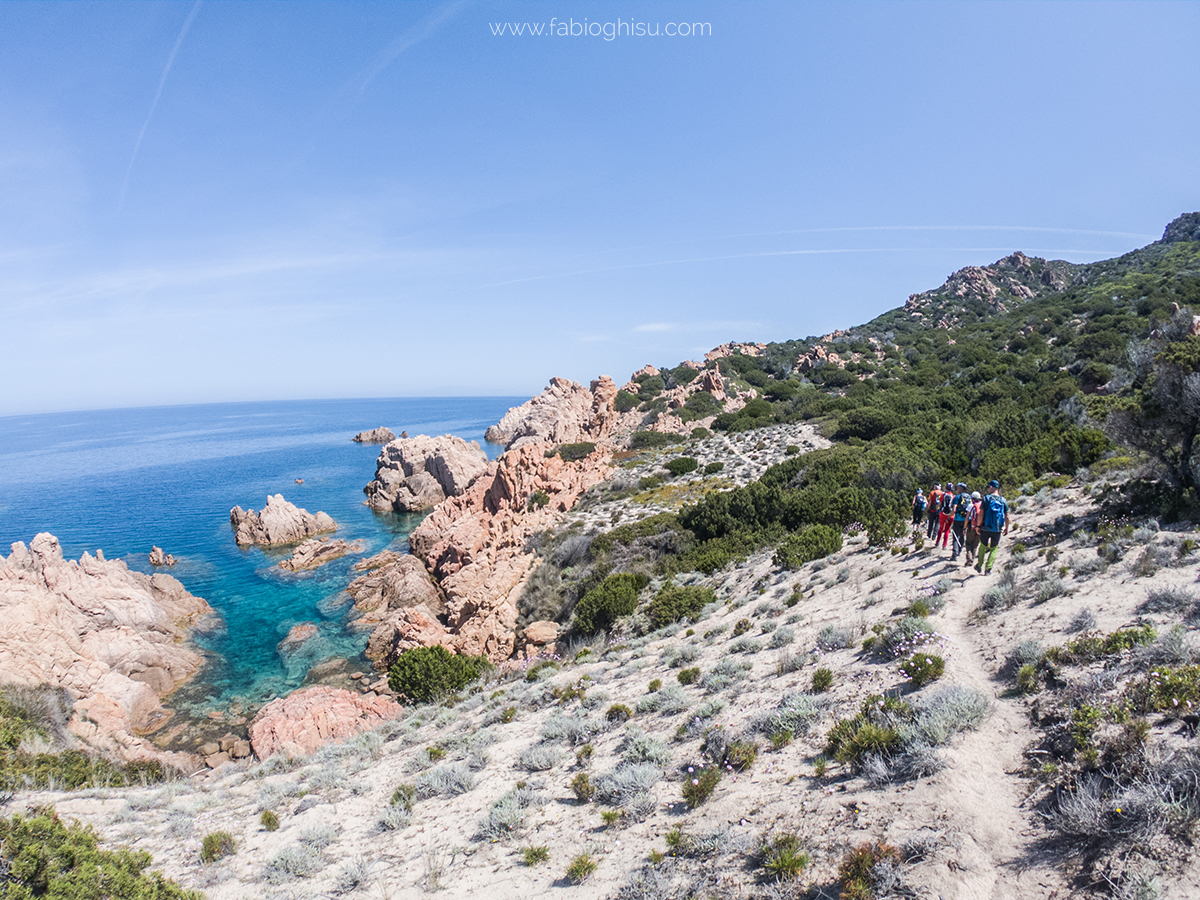
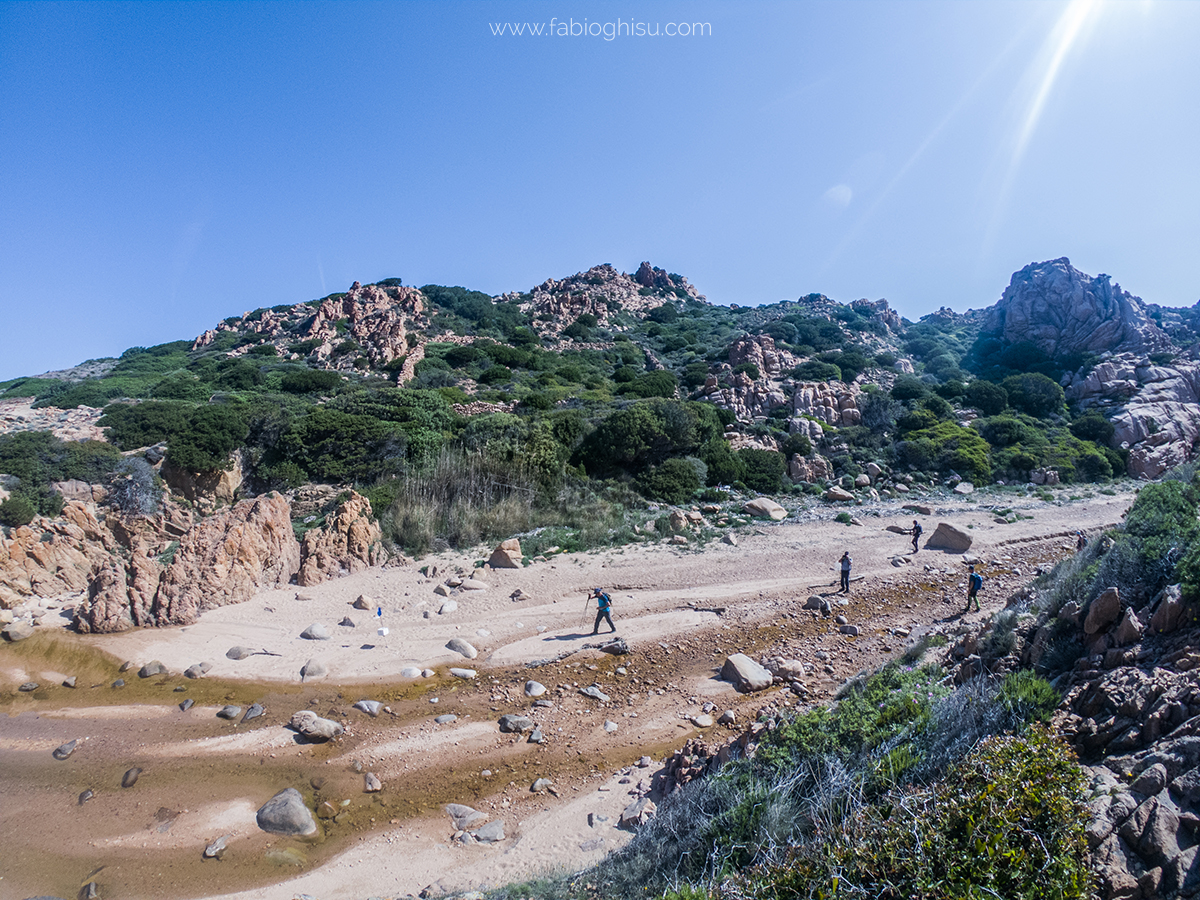
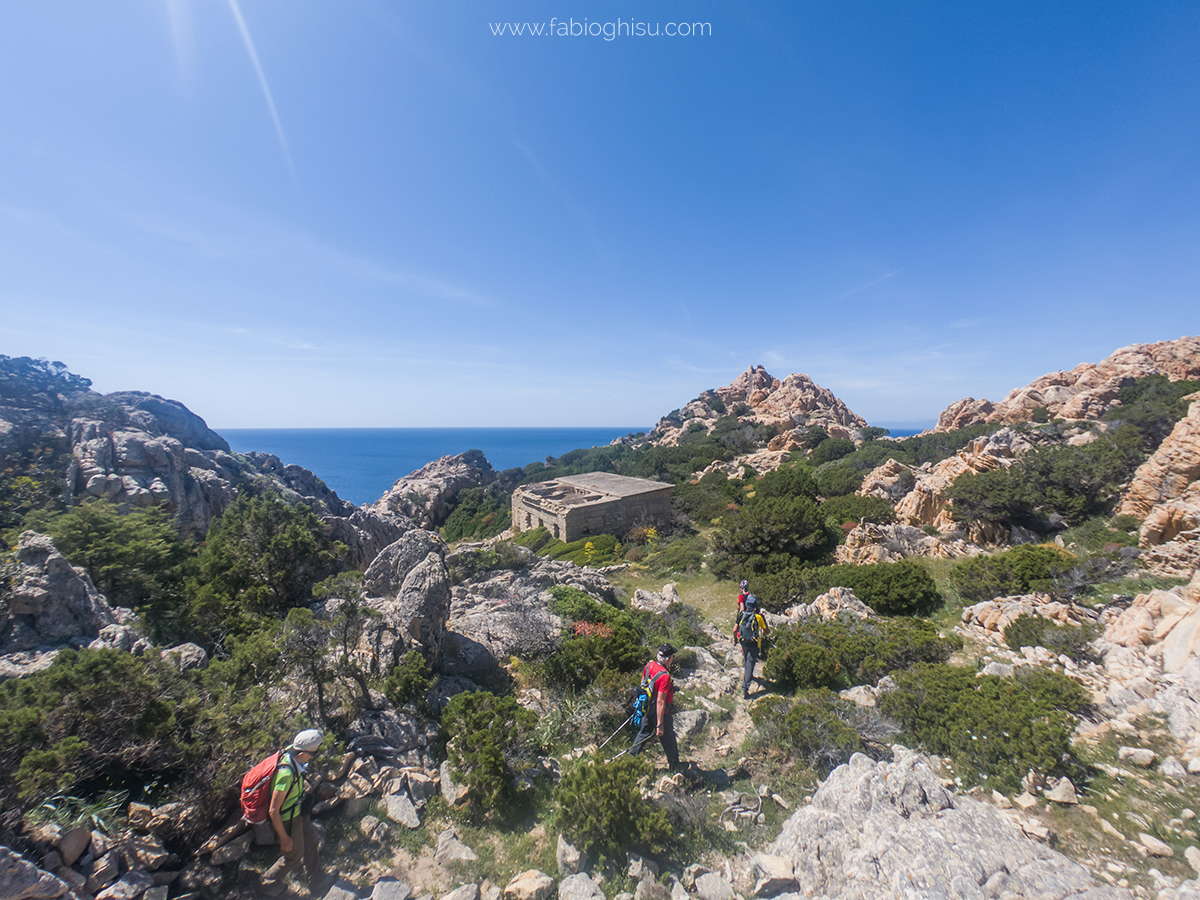
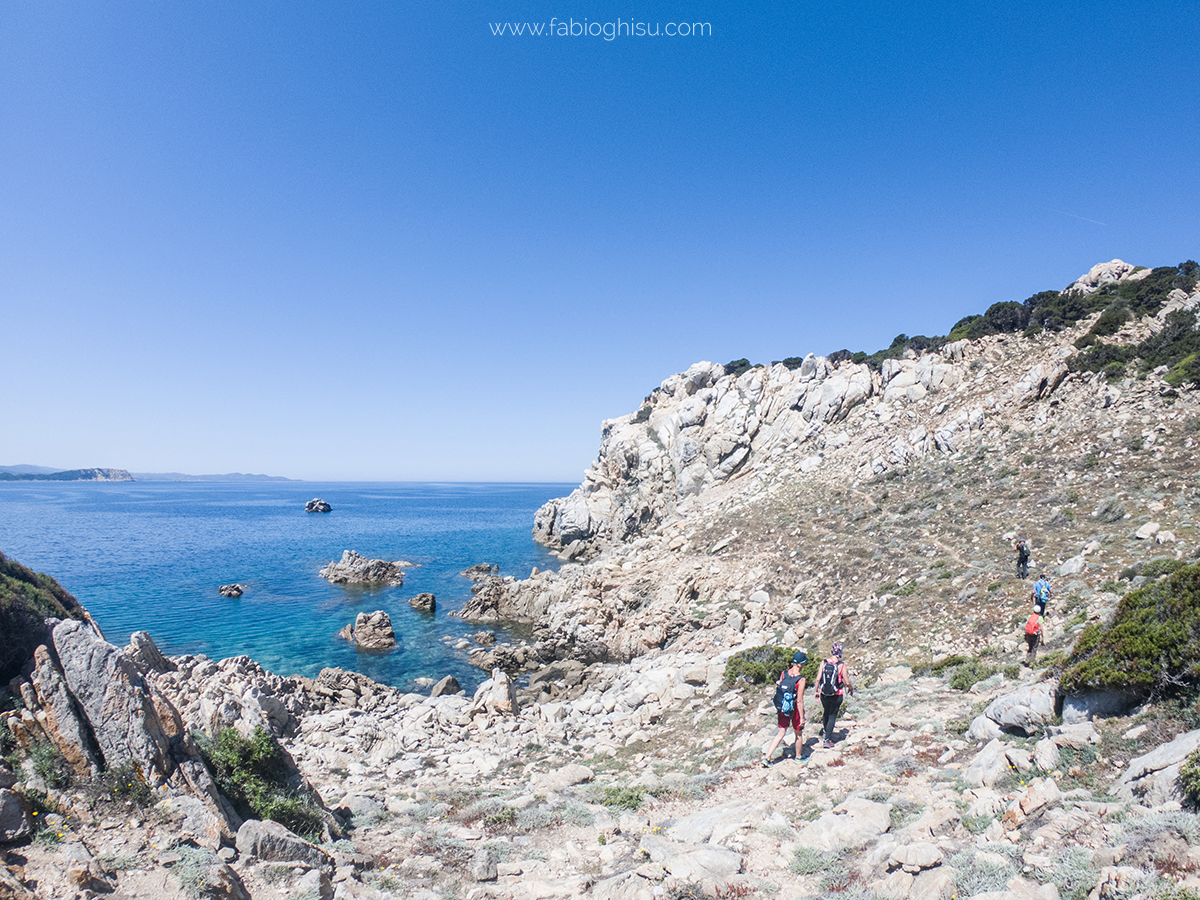
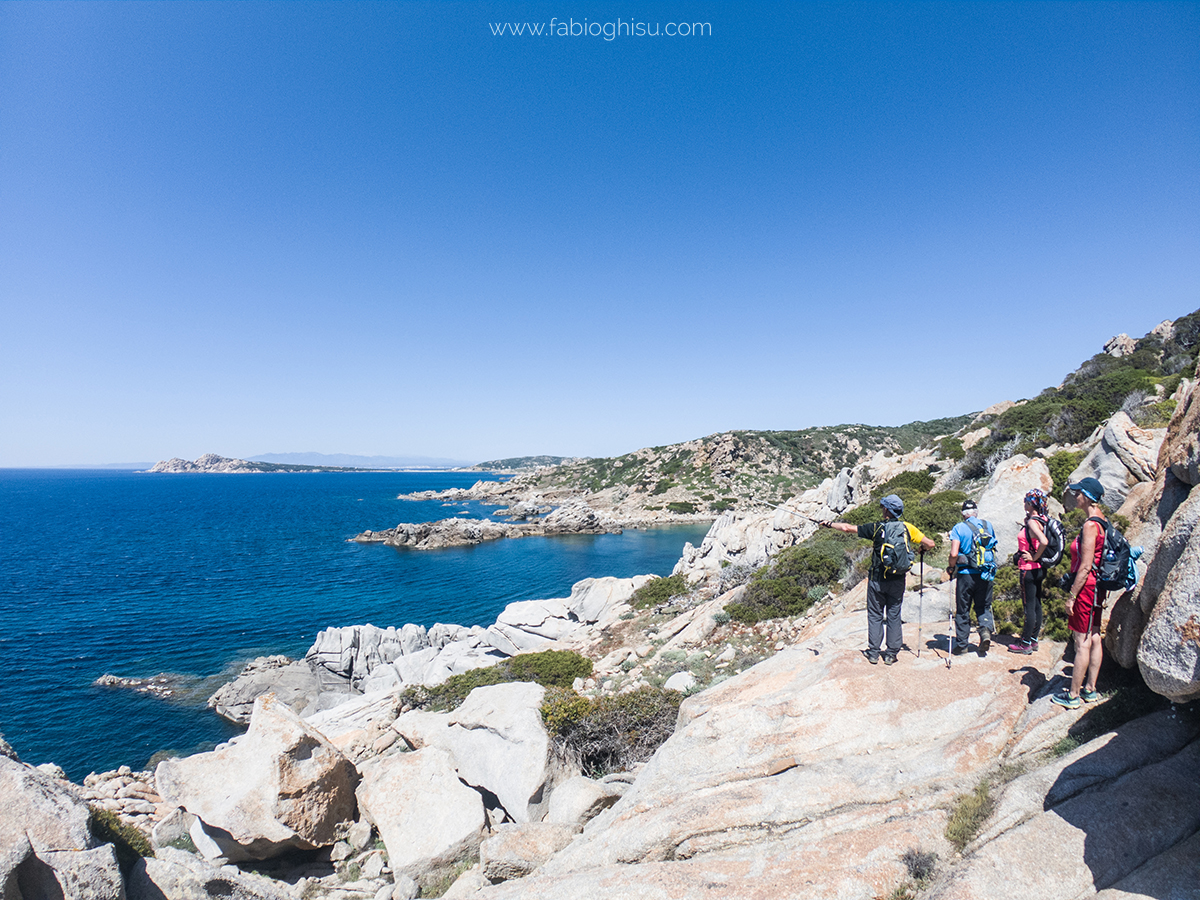
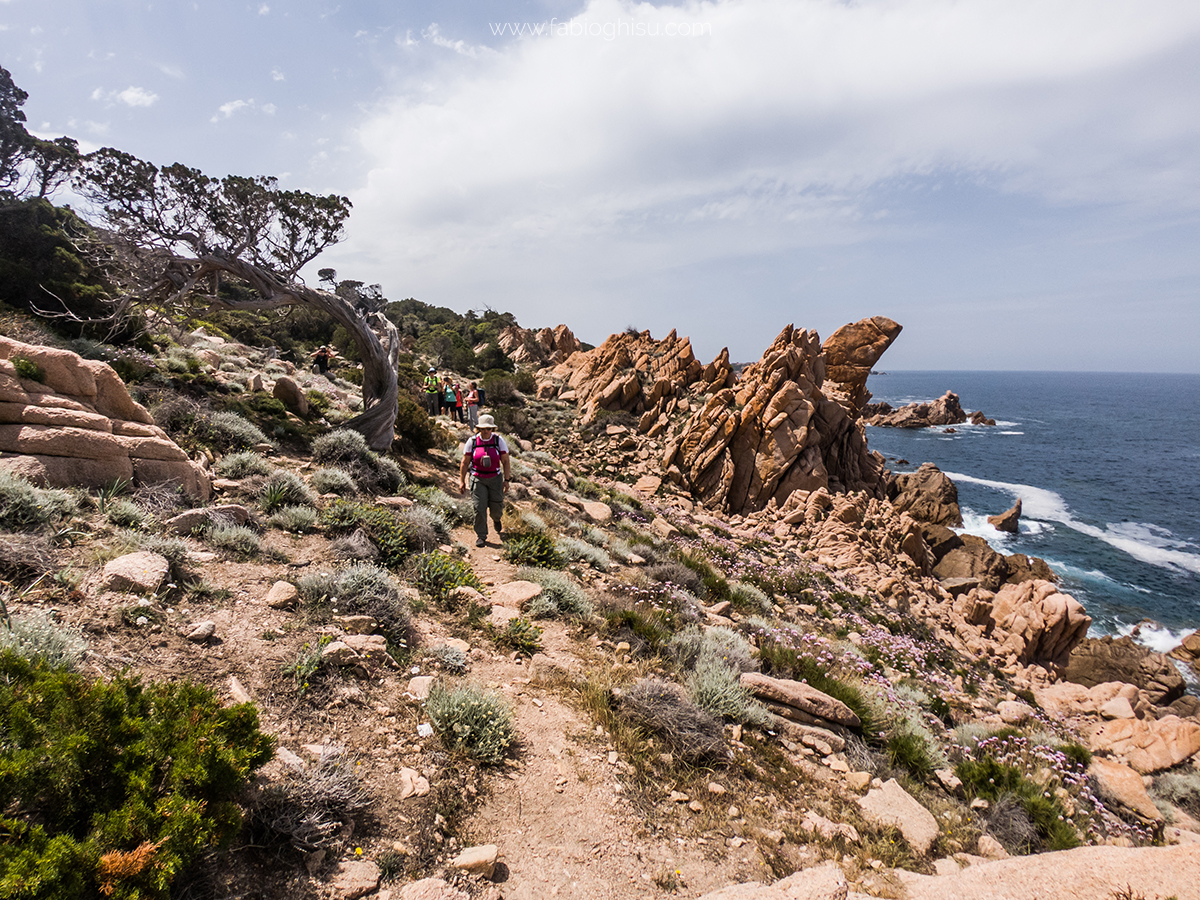
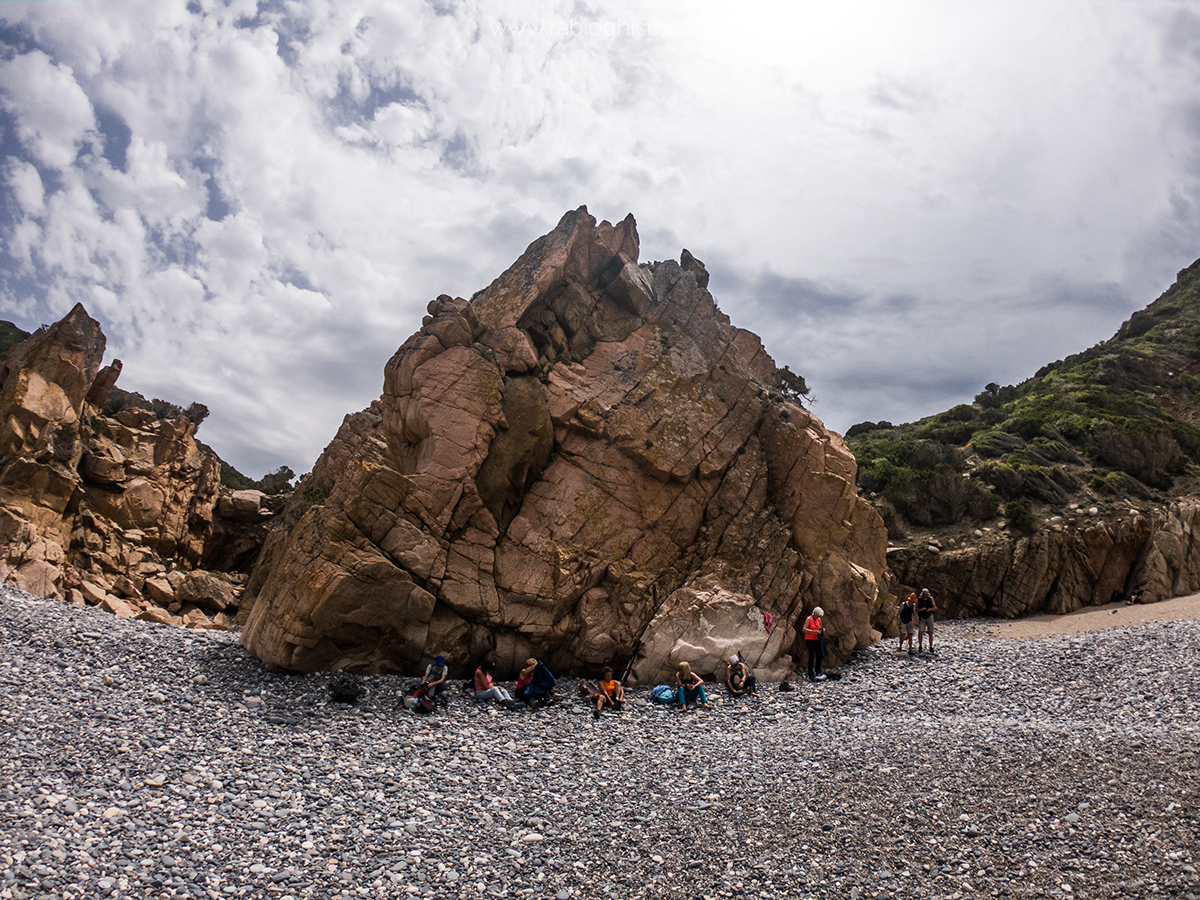
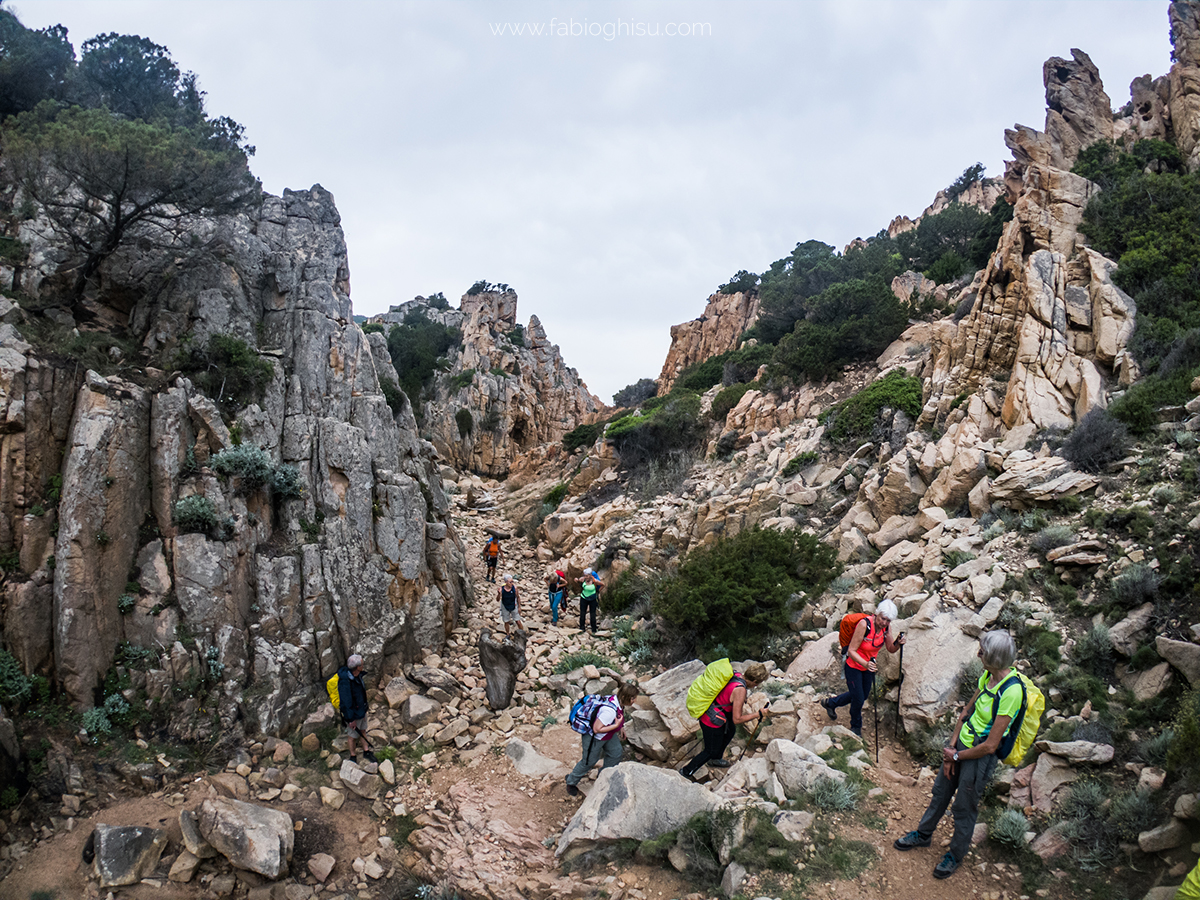
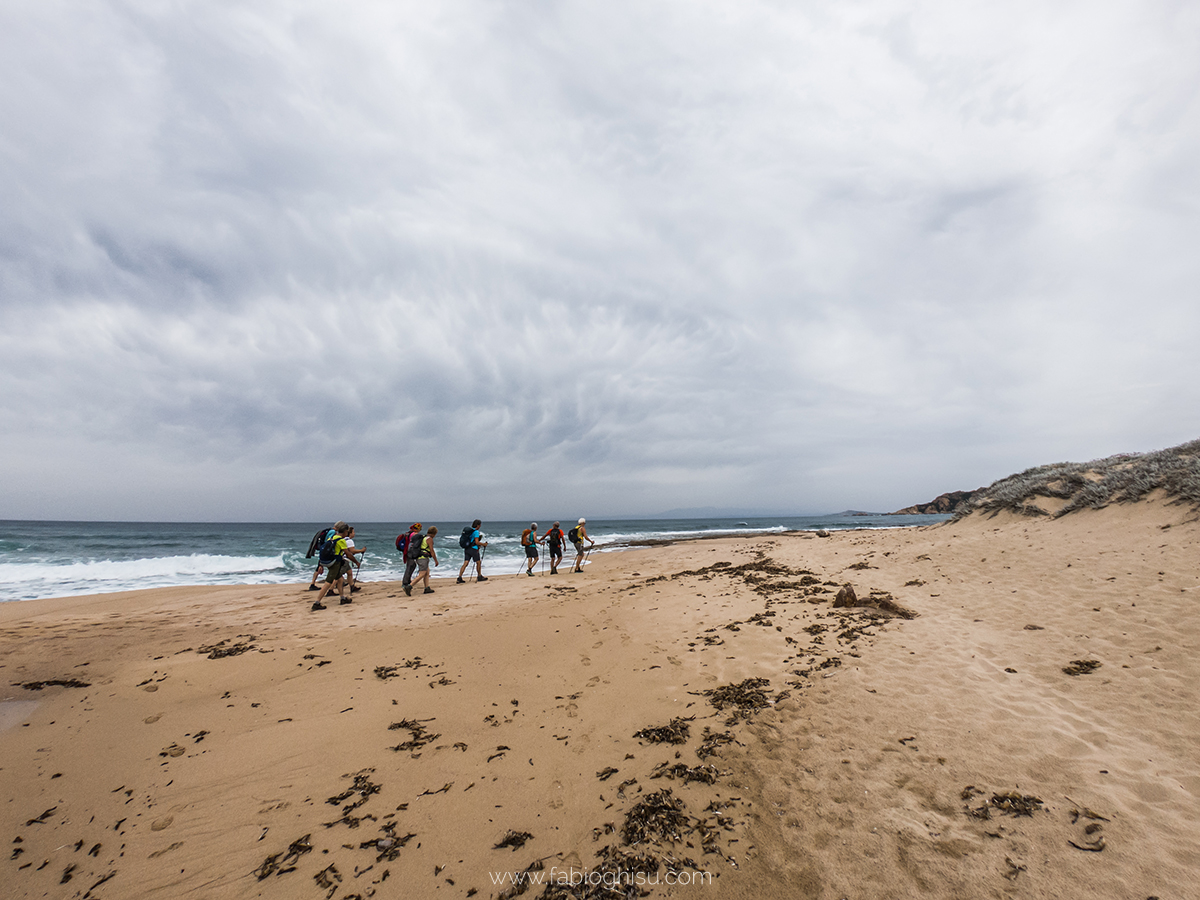
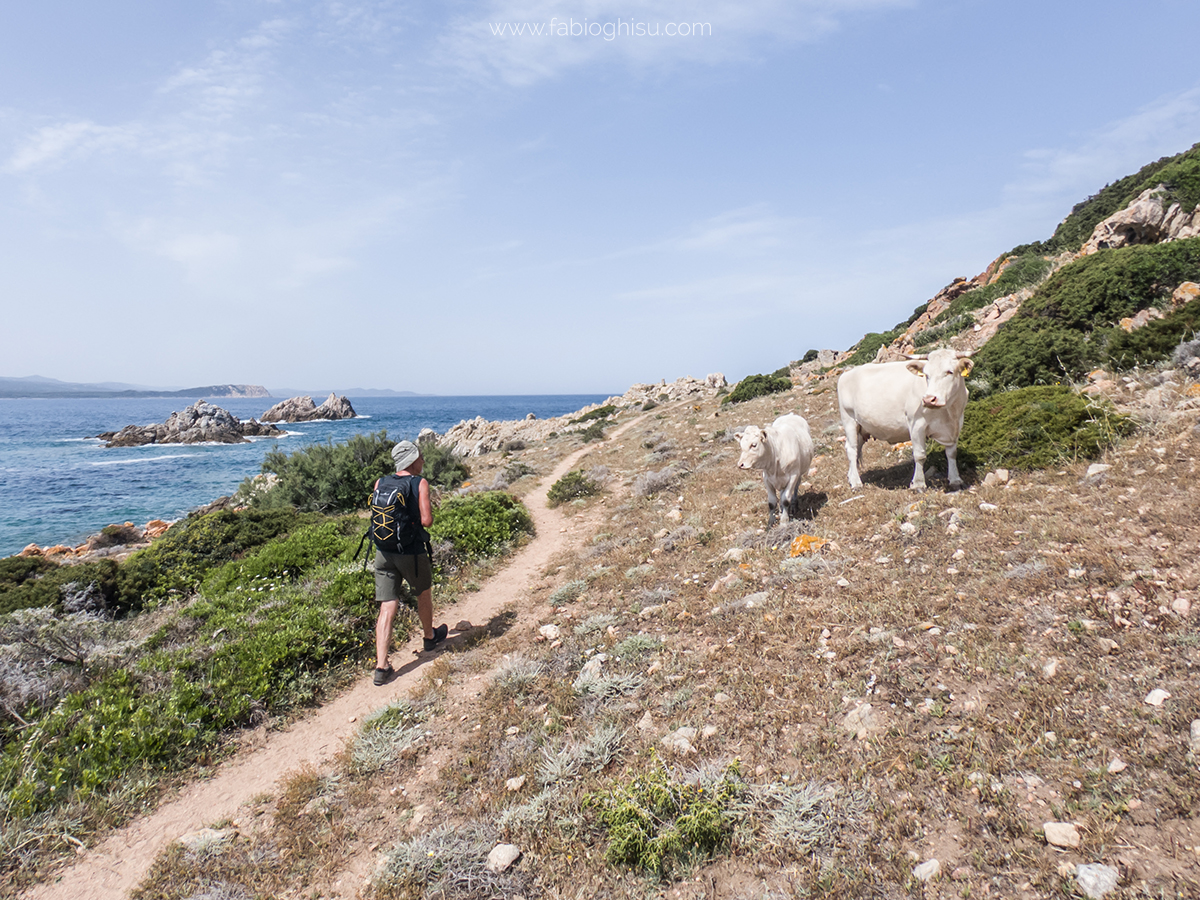
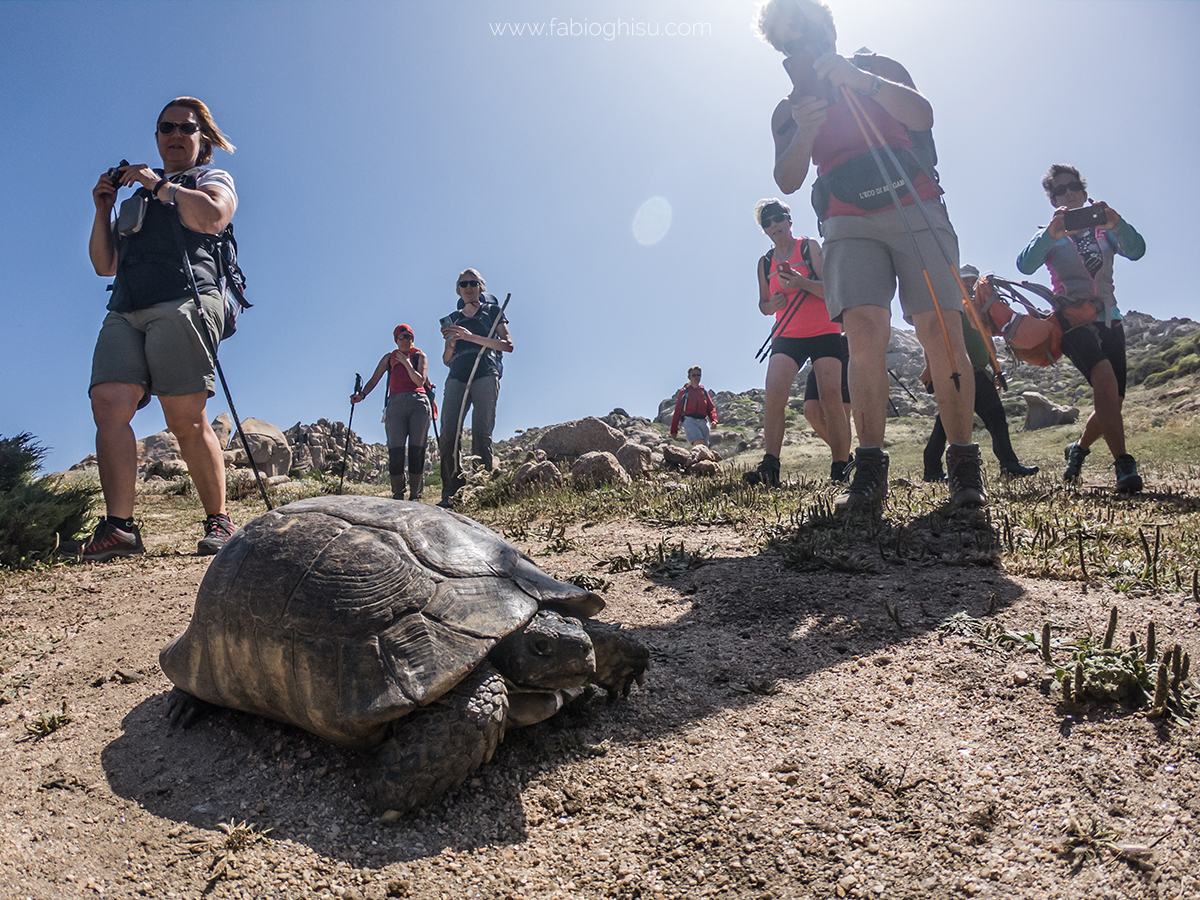
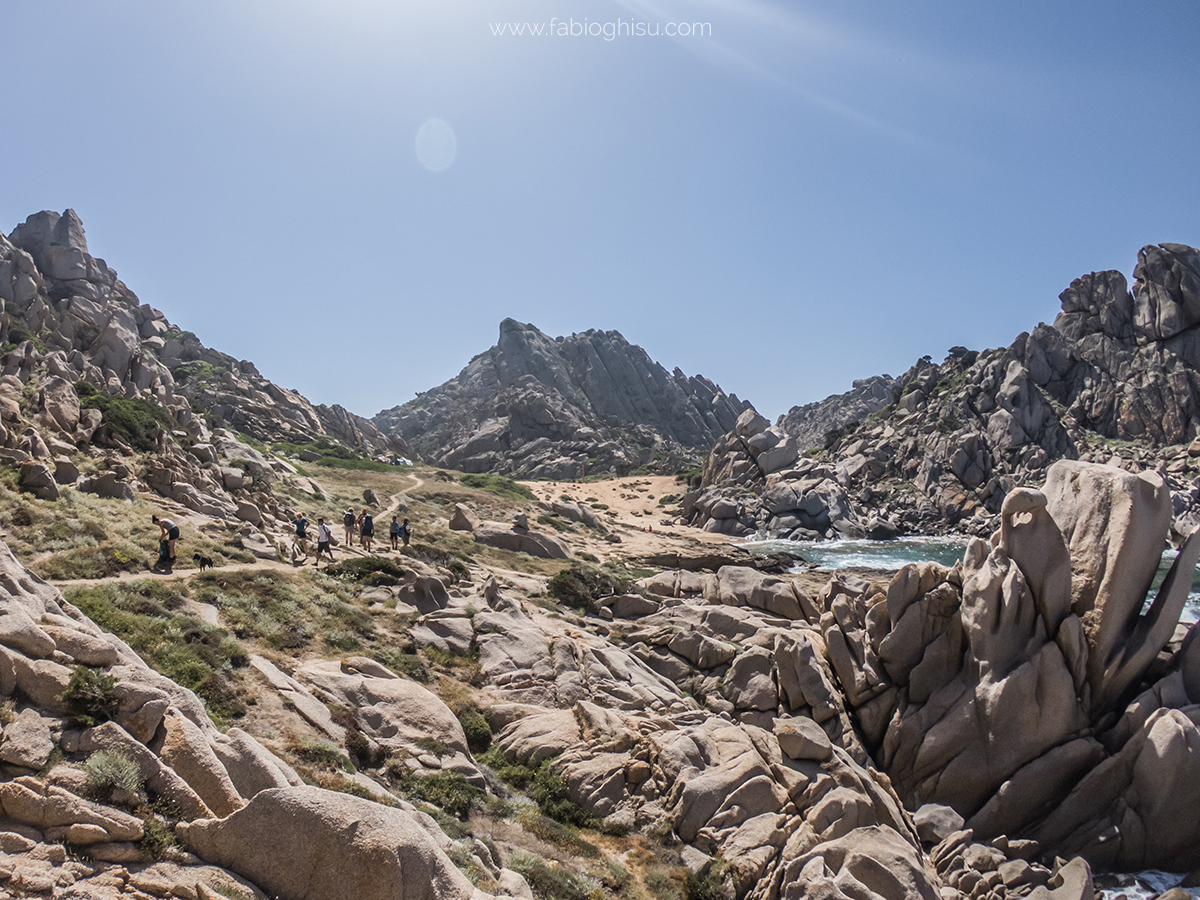
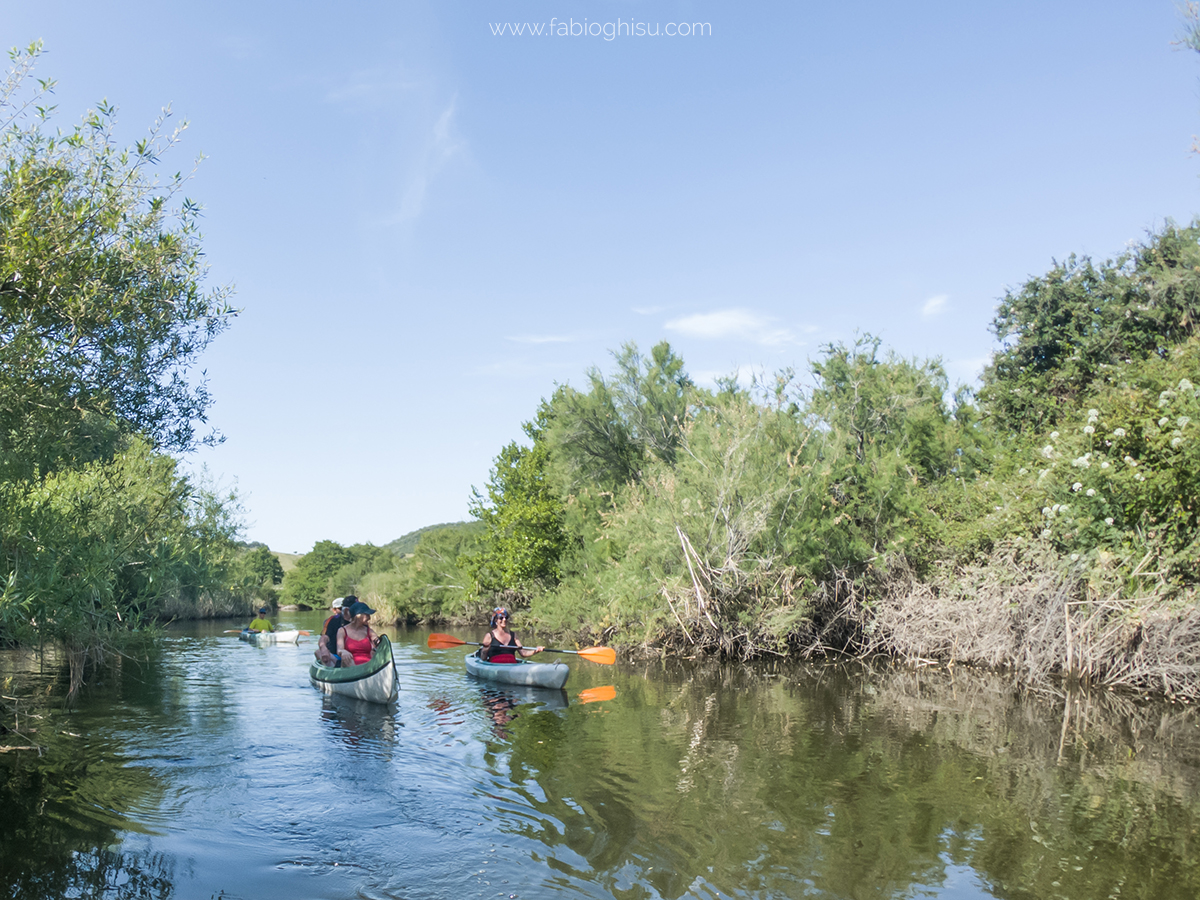
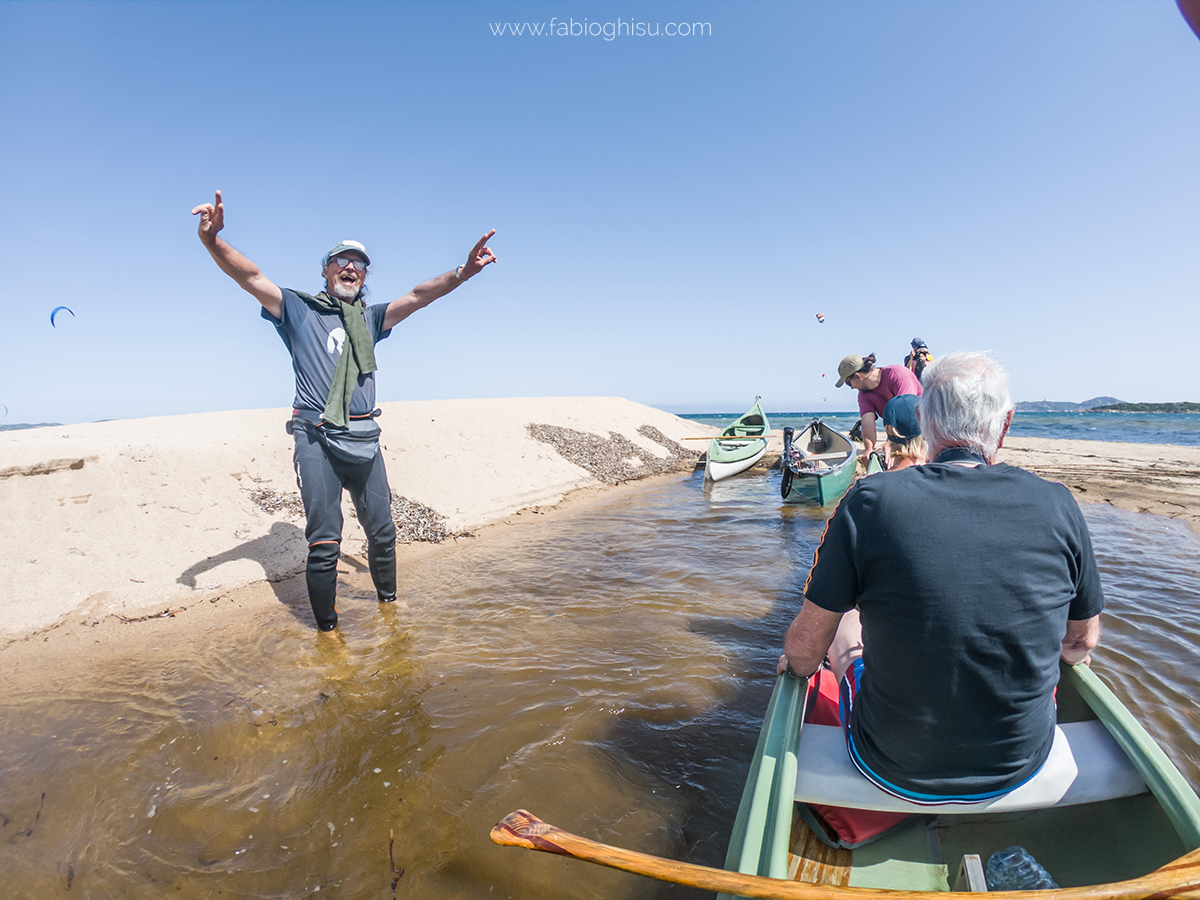
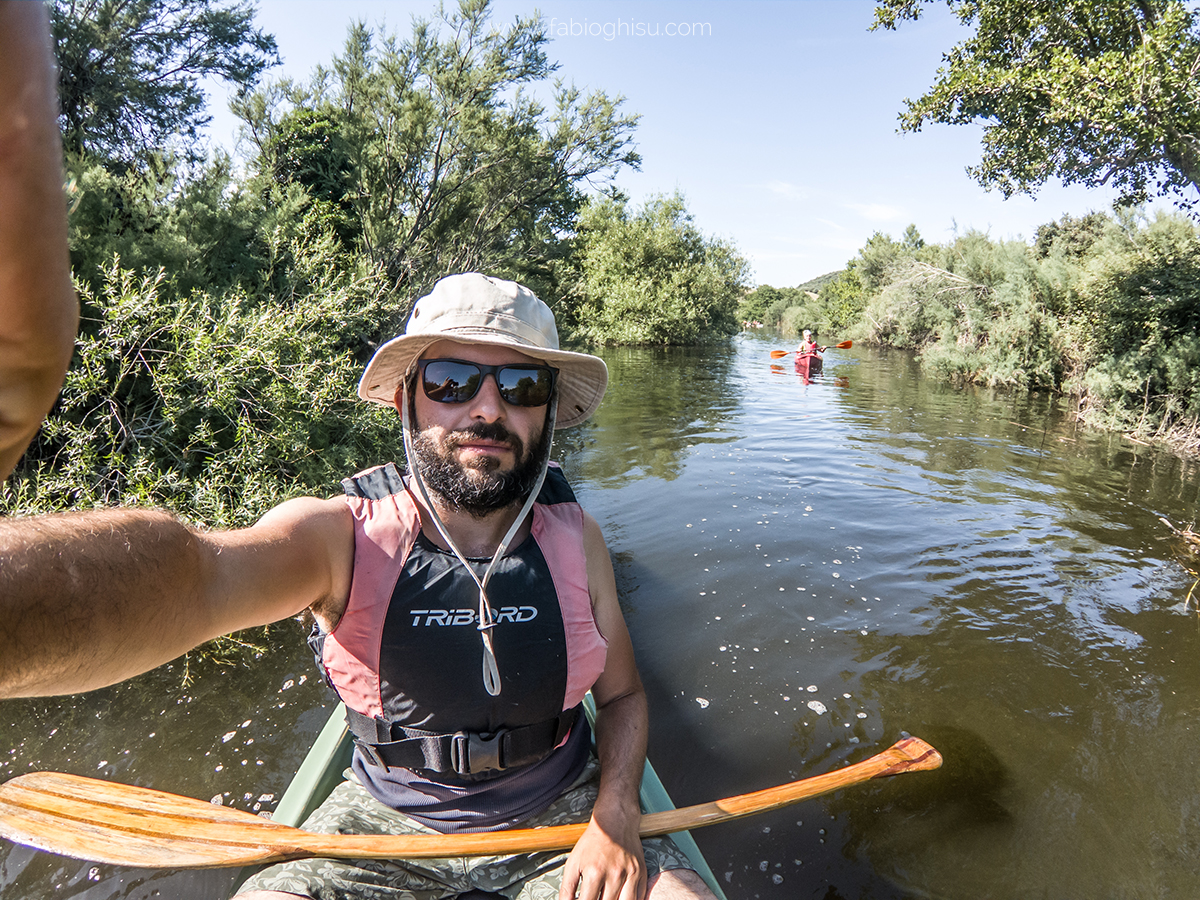
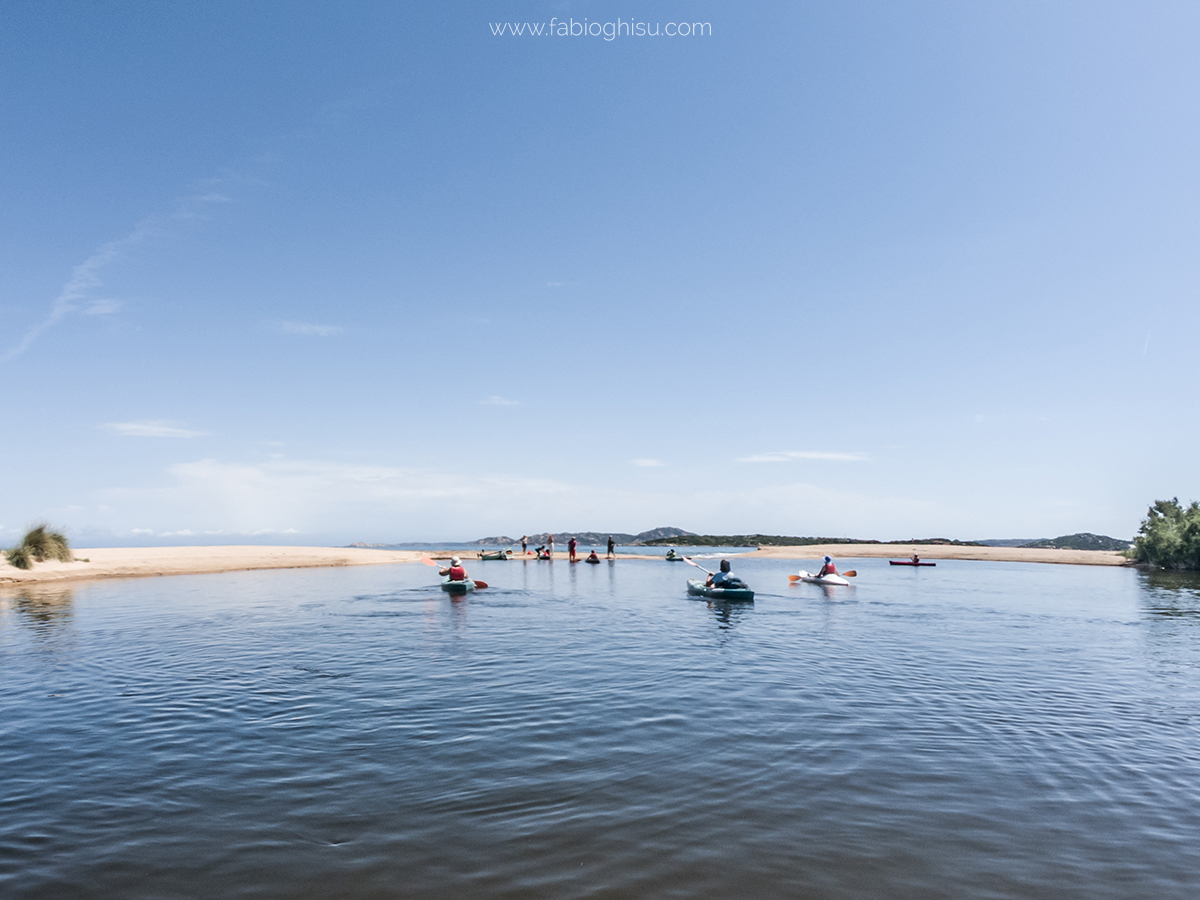
Photos by: Fabio Ghisu
Text Source: Sardegna Turismo and Wikipedia